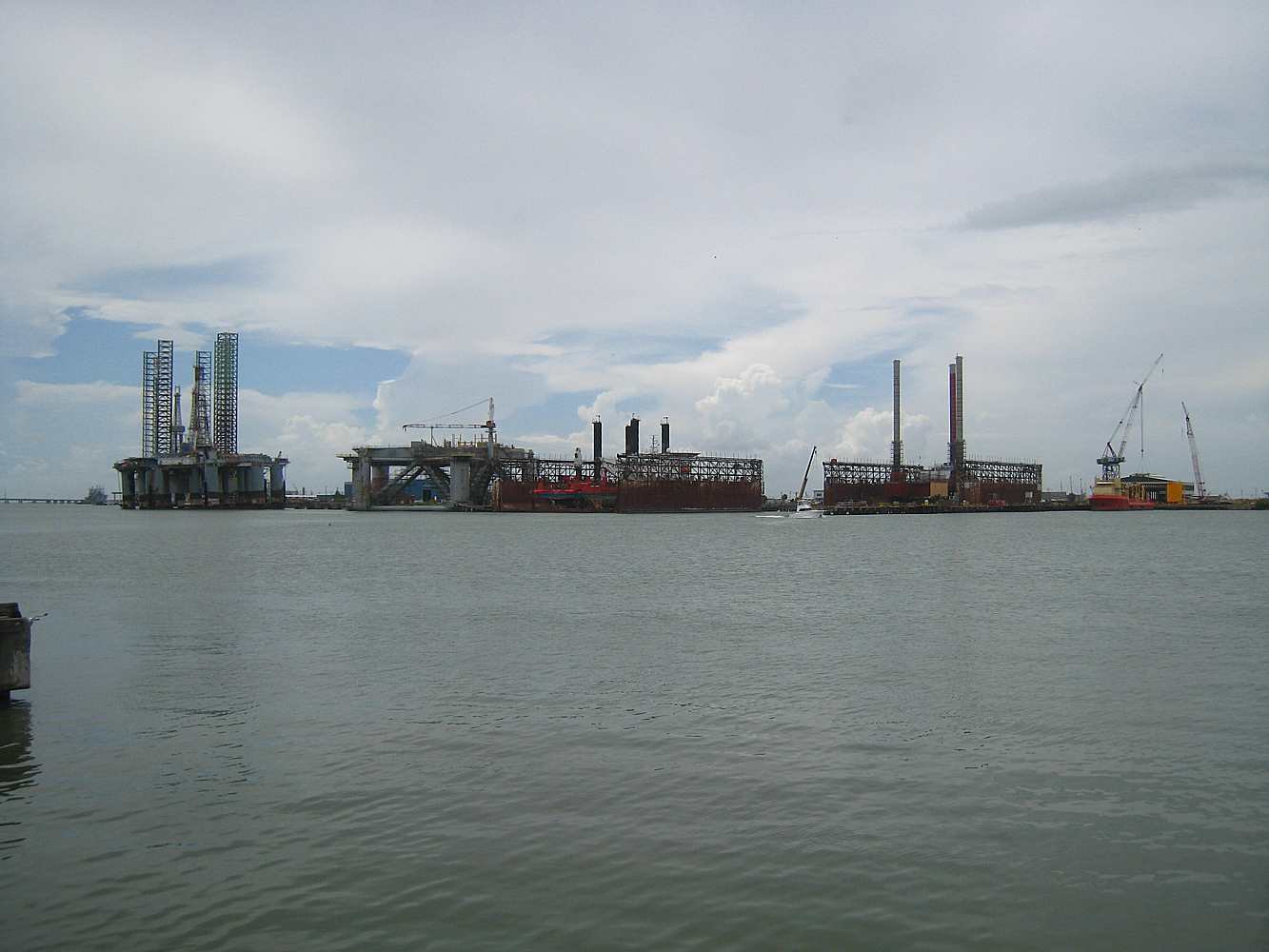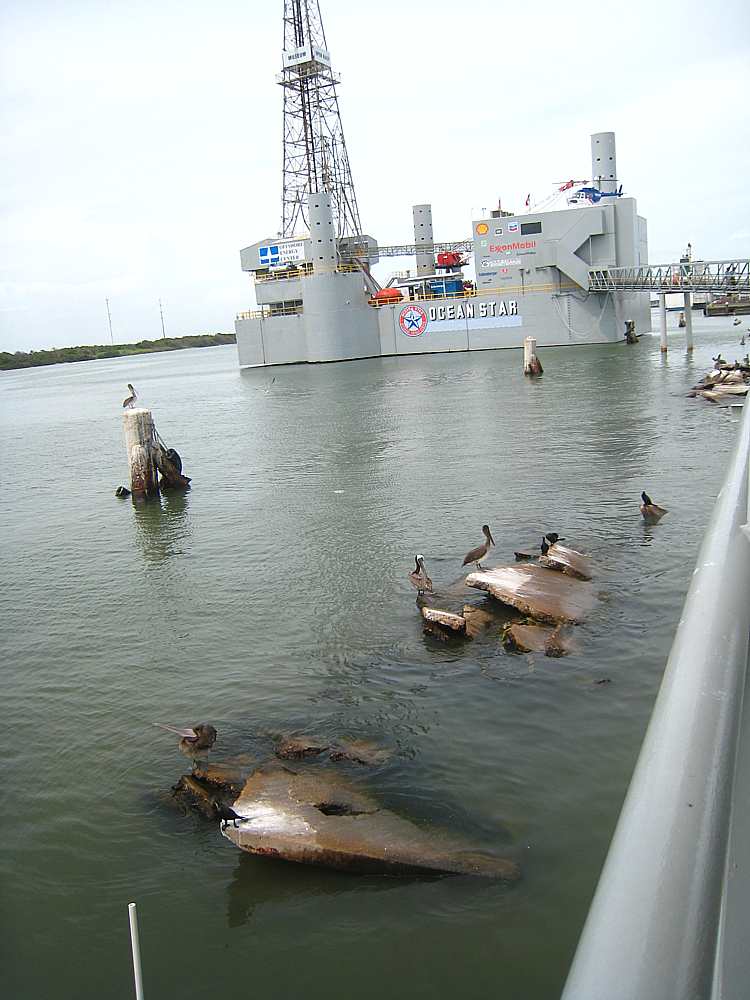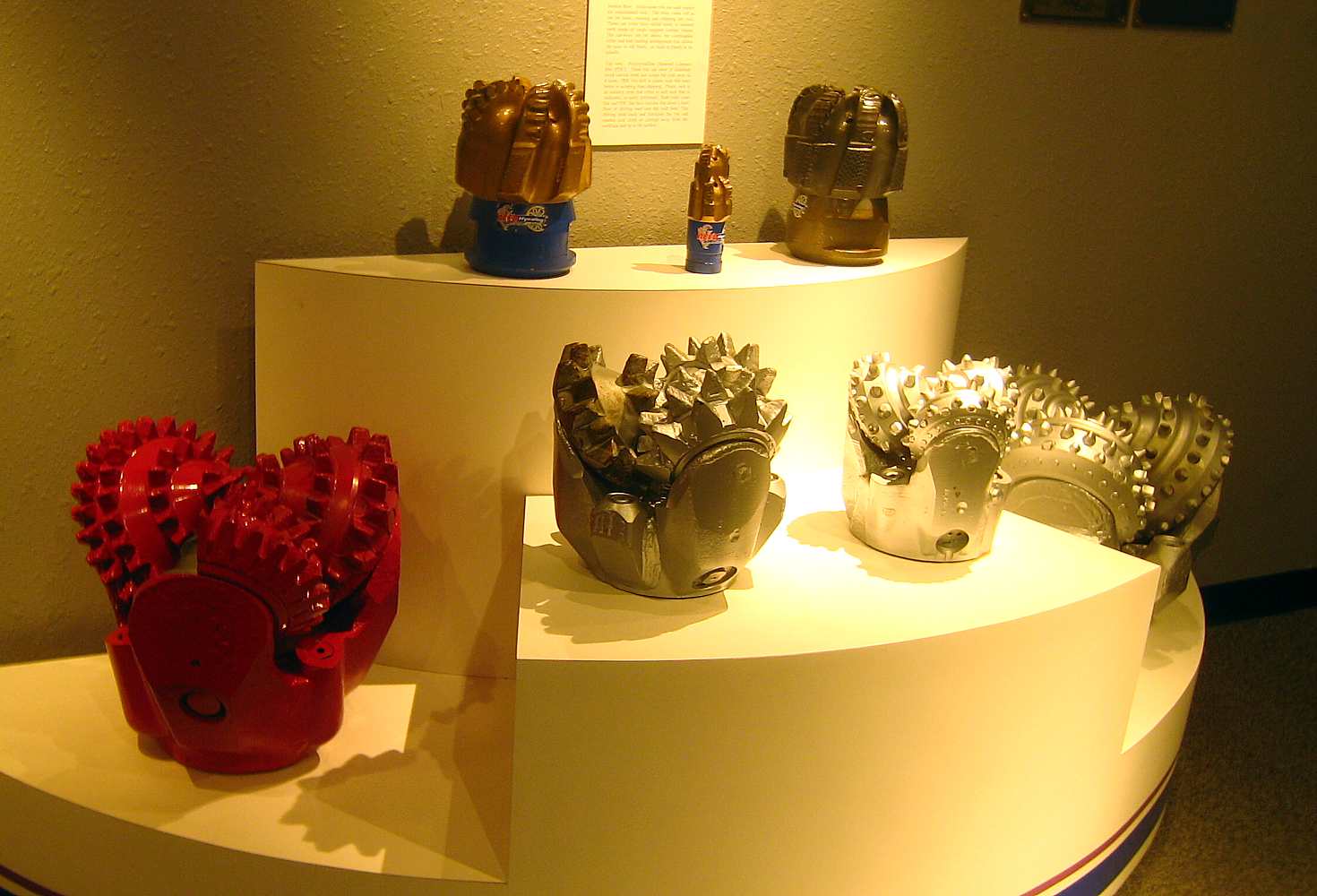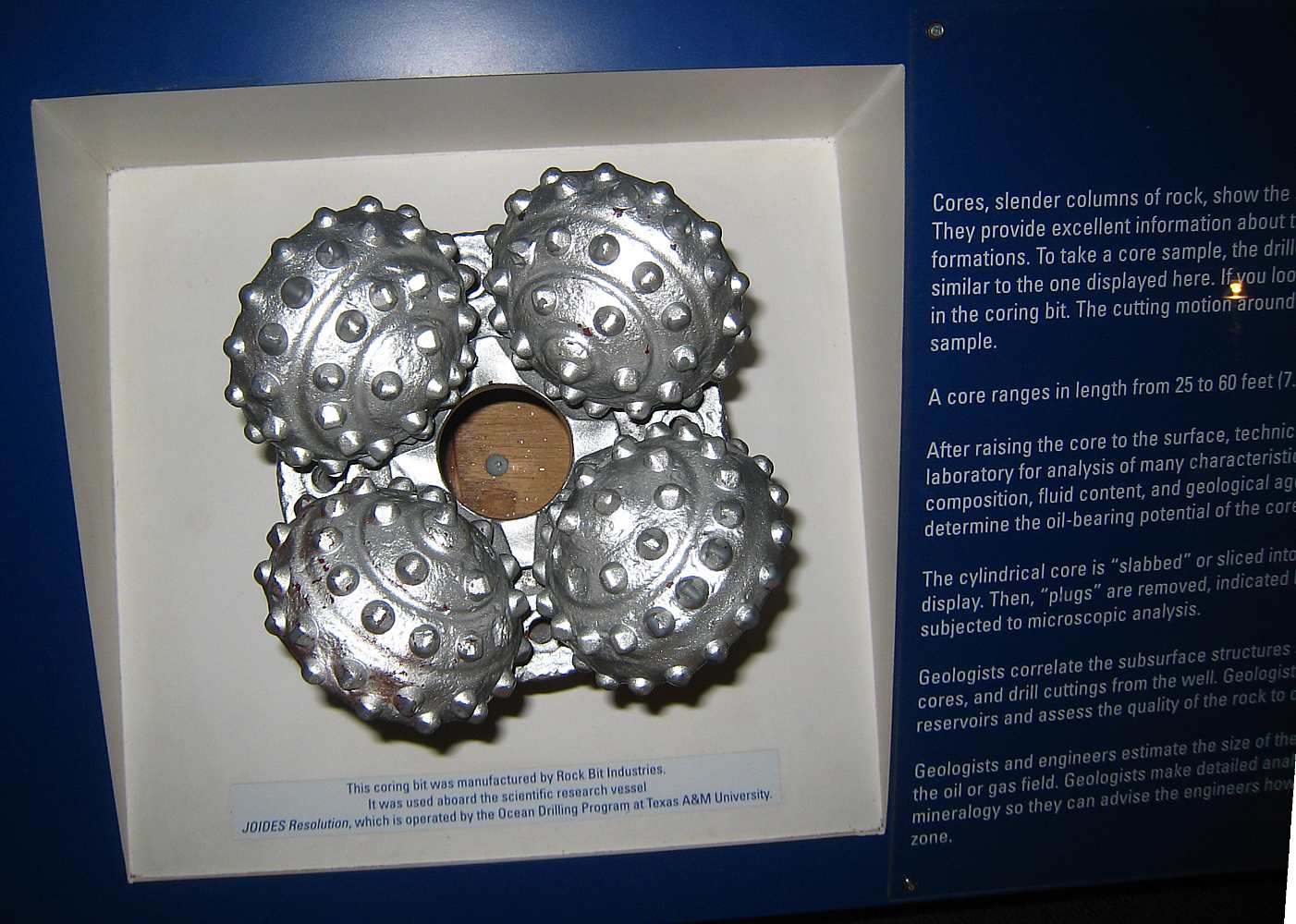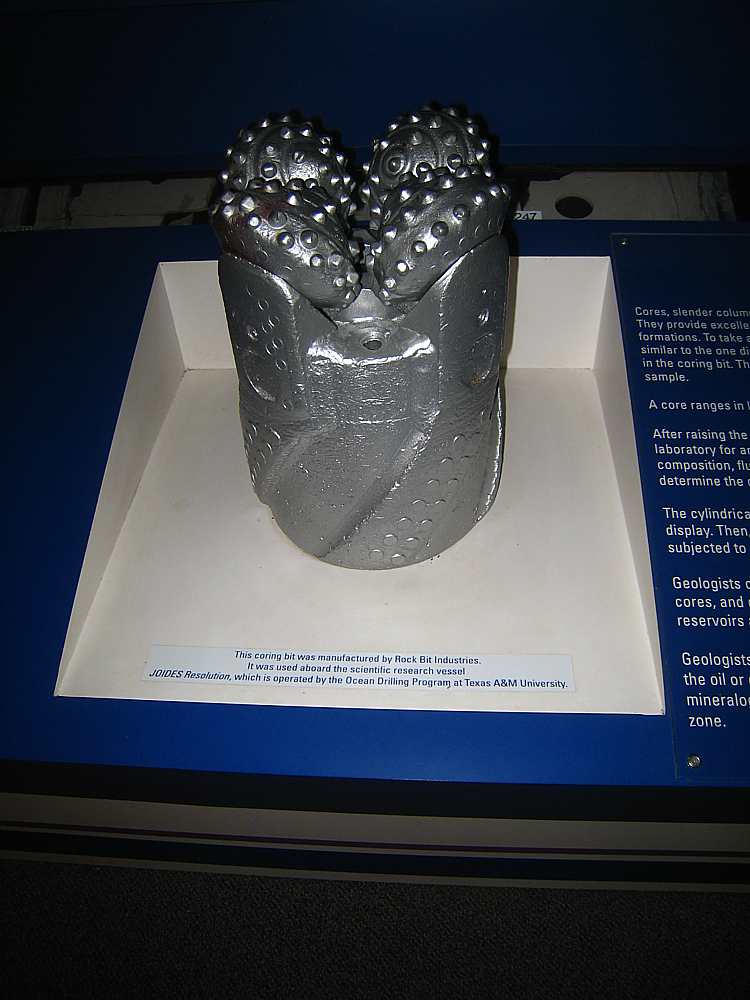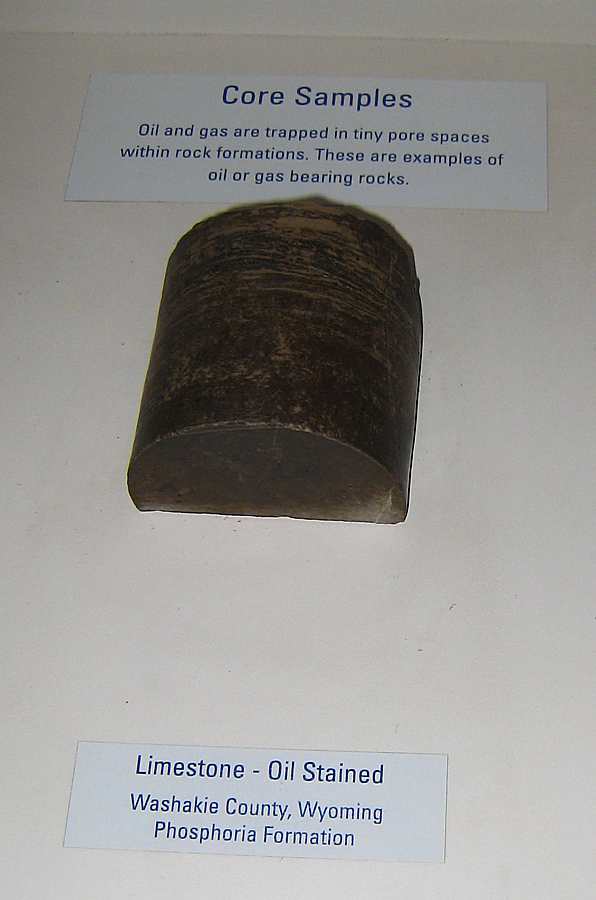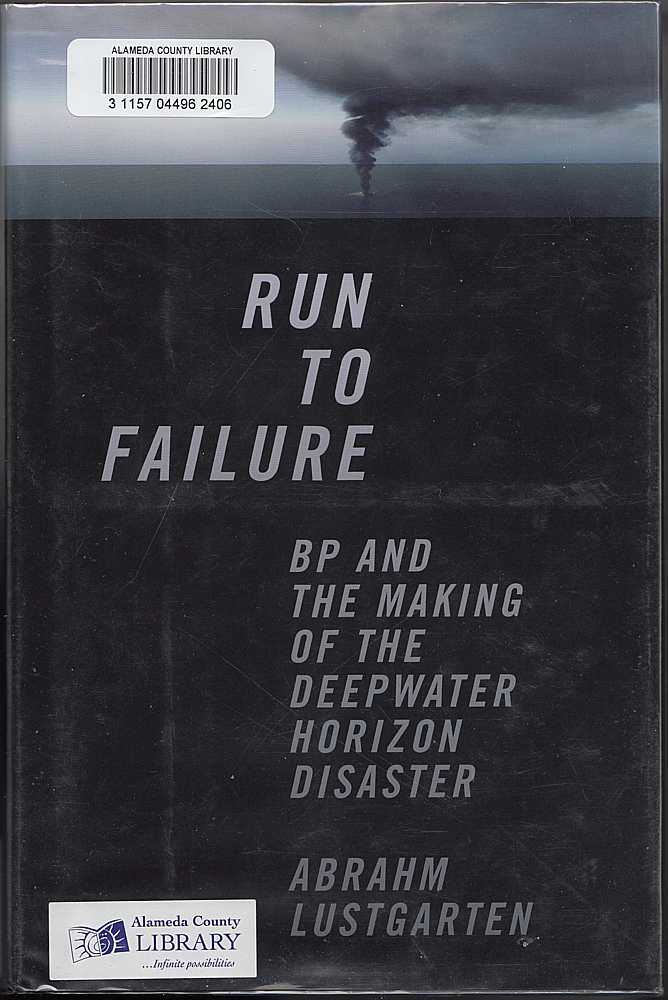Return to IBM 402 Conroe Texas trip
Museum Of Offshore Operations
Galveston, Texas,page started Mar 11, 2017
|
On a trip to see an IBM 402 accounting machine in action, in Conroe, Texas,
we also visited Galveston and the Ocean Star Offshore Drilling Rig Museum and Education Center. This was two months after the "Deepwater Horizon" fire, explosions and oil spill of April 20, 2010. I had expected a big interested crowd at the museum - however, we were almost alone. |
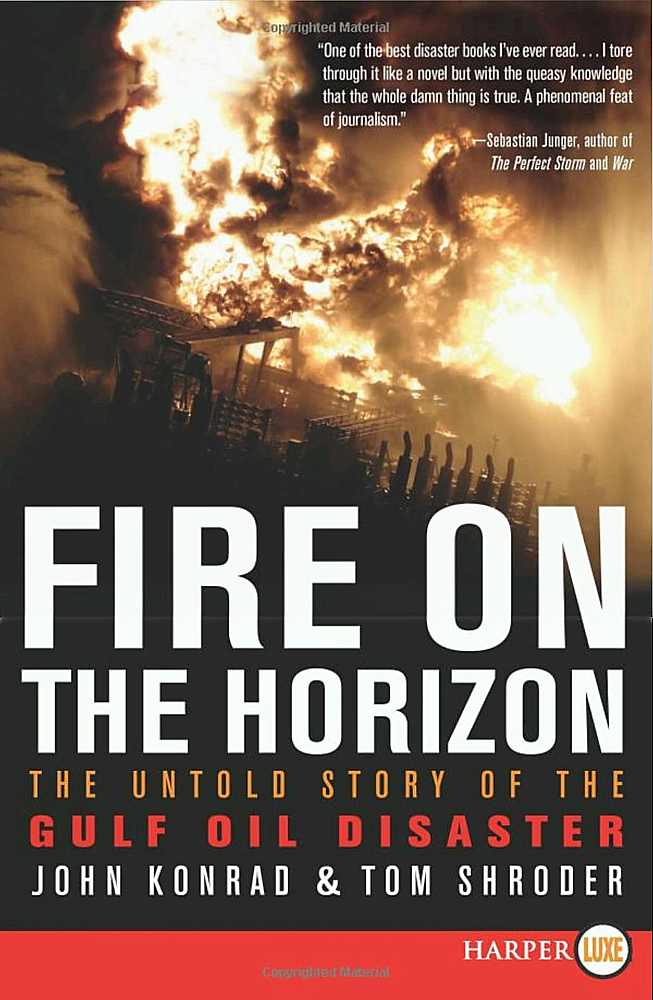
|
Below are pictures I took in a hurried four hour tour of the museum.
Some pictures are numbered, hoping for expert commentary.
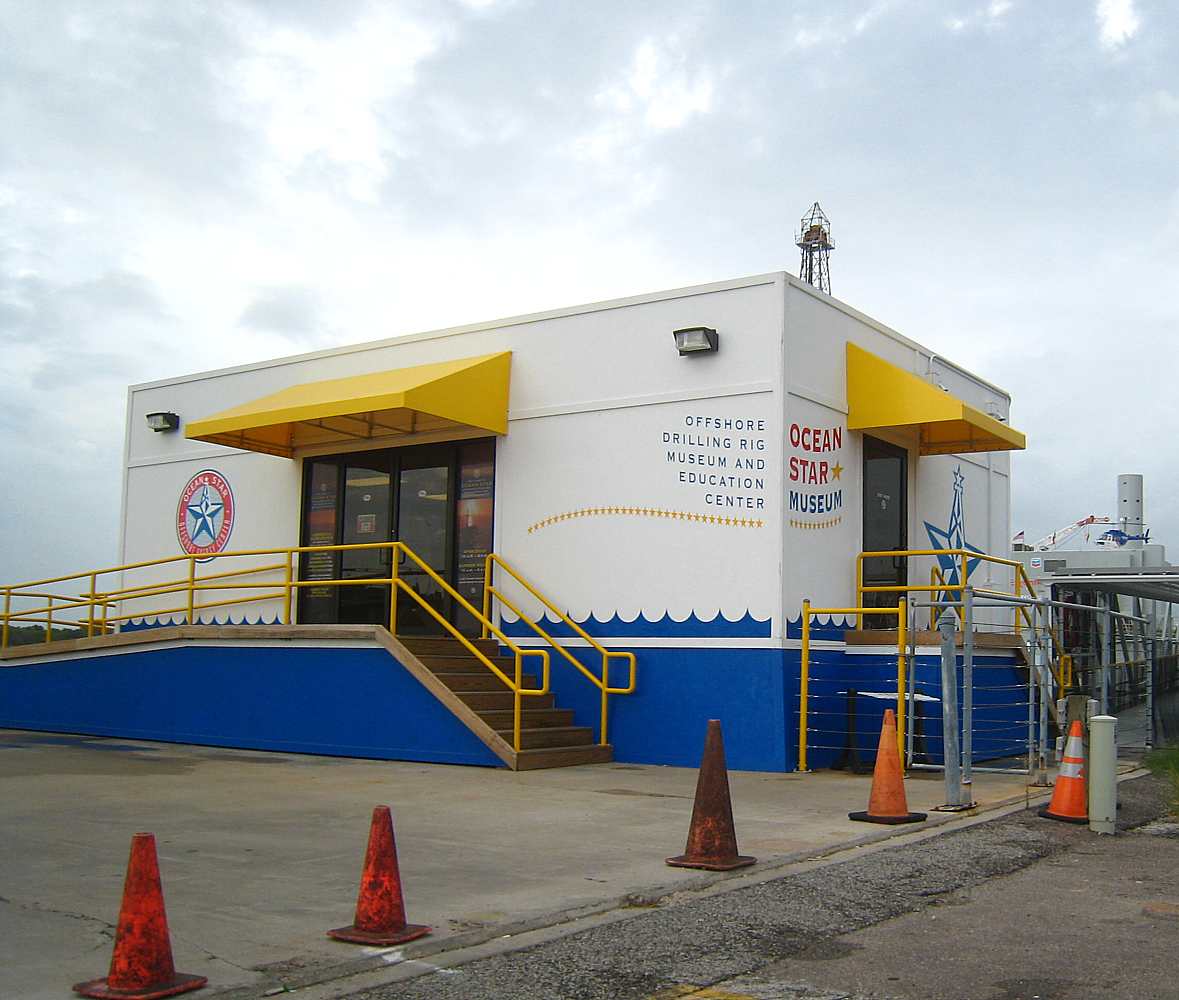
| The entrance building, off to the right of the picture above. |
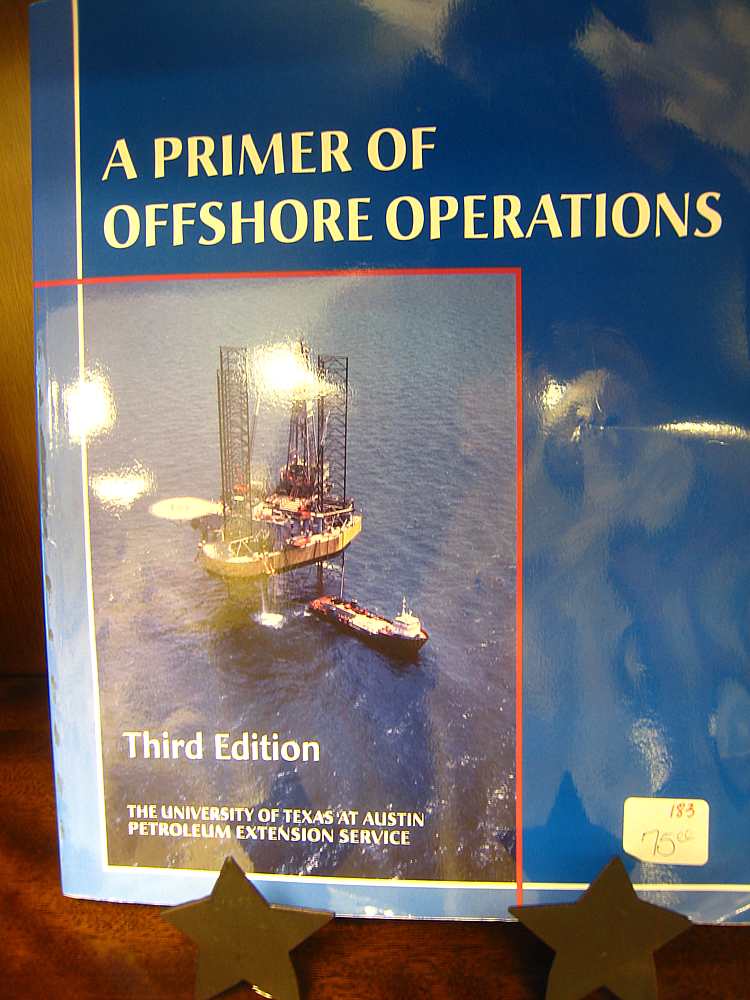
|

| Two book for sale to tempt the visitor.
However, everything about oil is expensive, each was more than $50. |
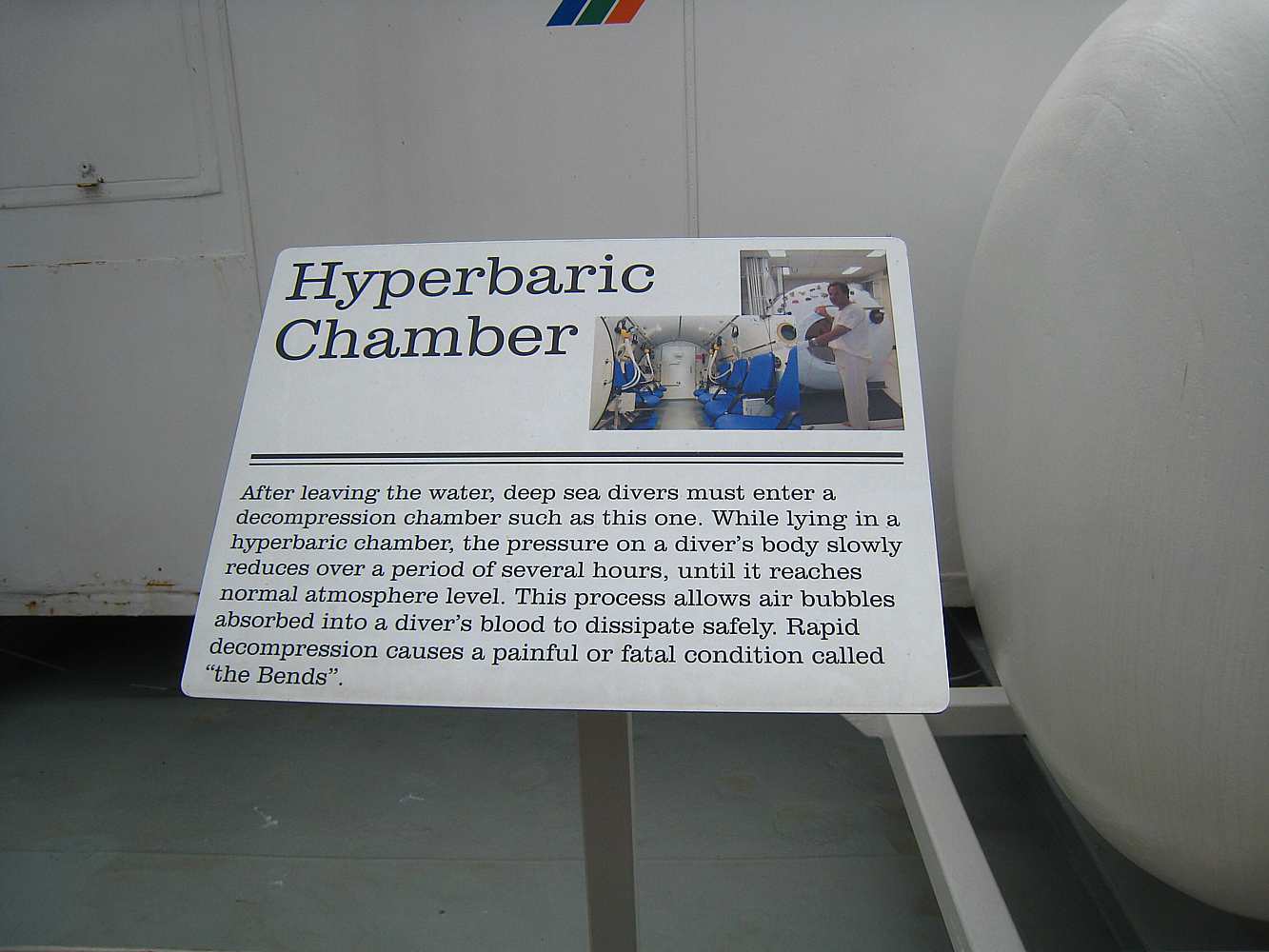 # 21 wikipedia |
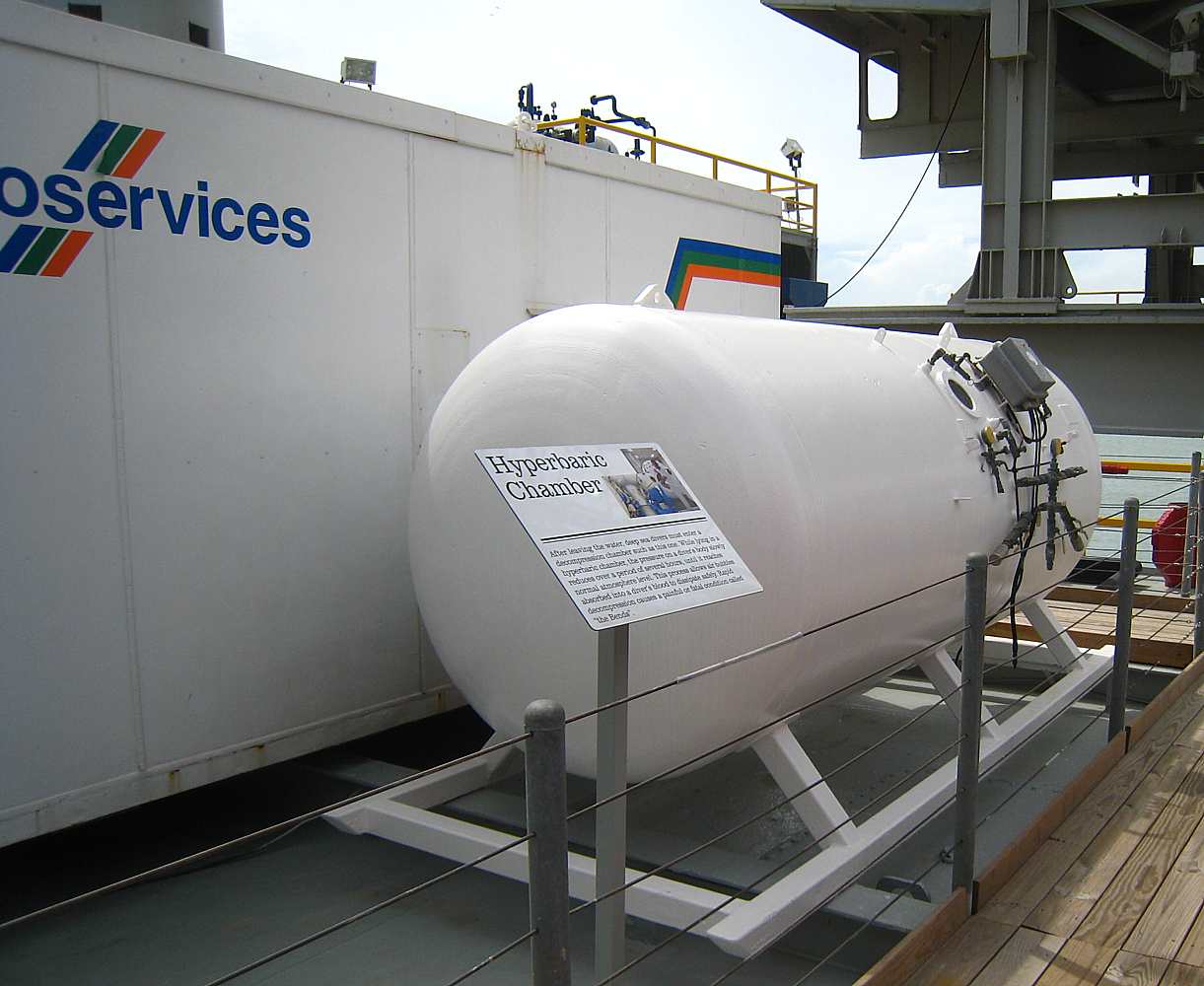 # 22 |
 # 24 wikipedia |
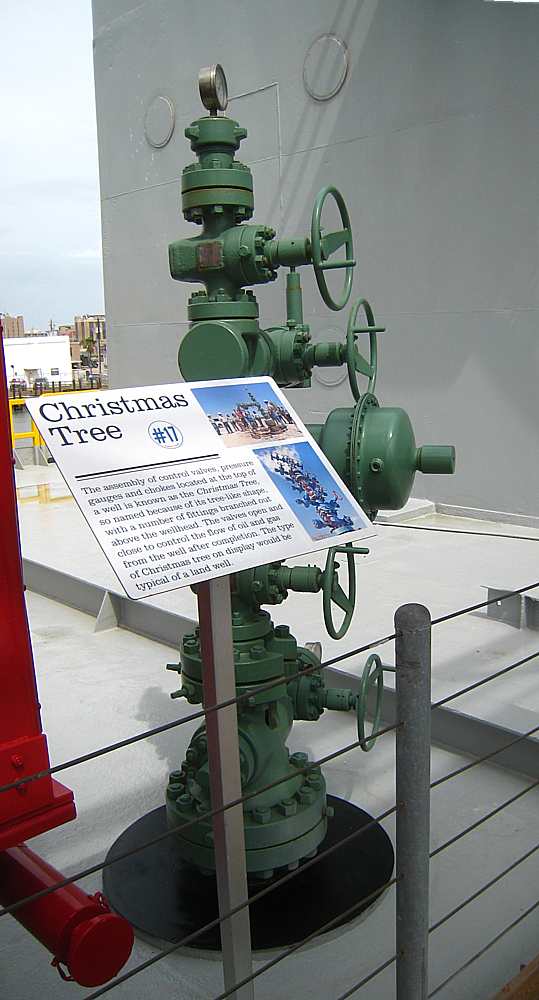 # 23 |
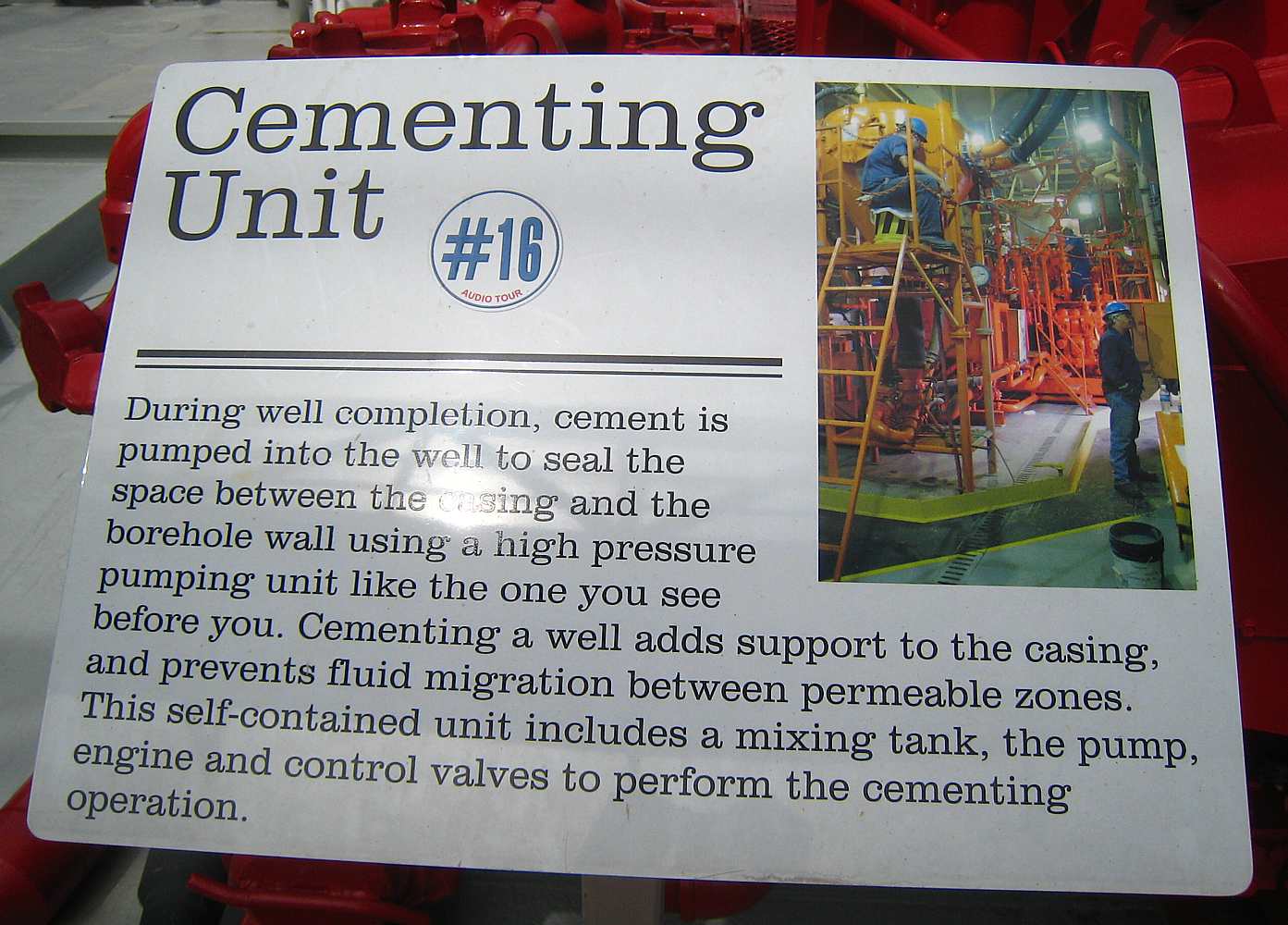 # 29 |
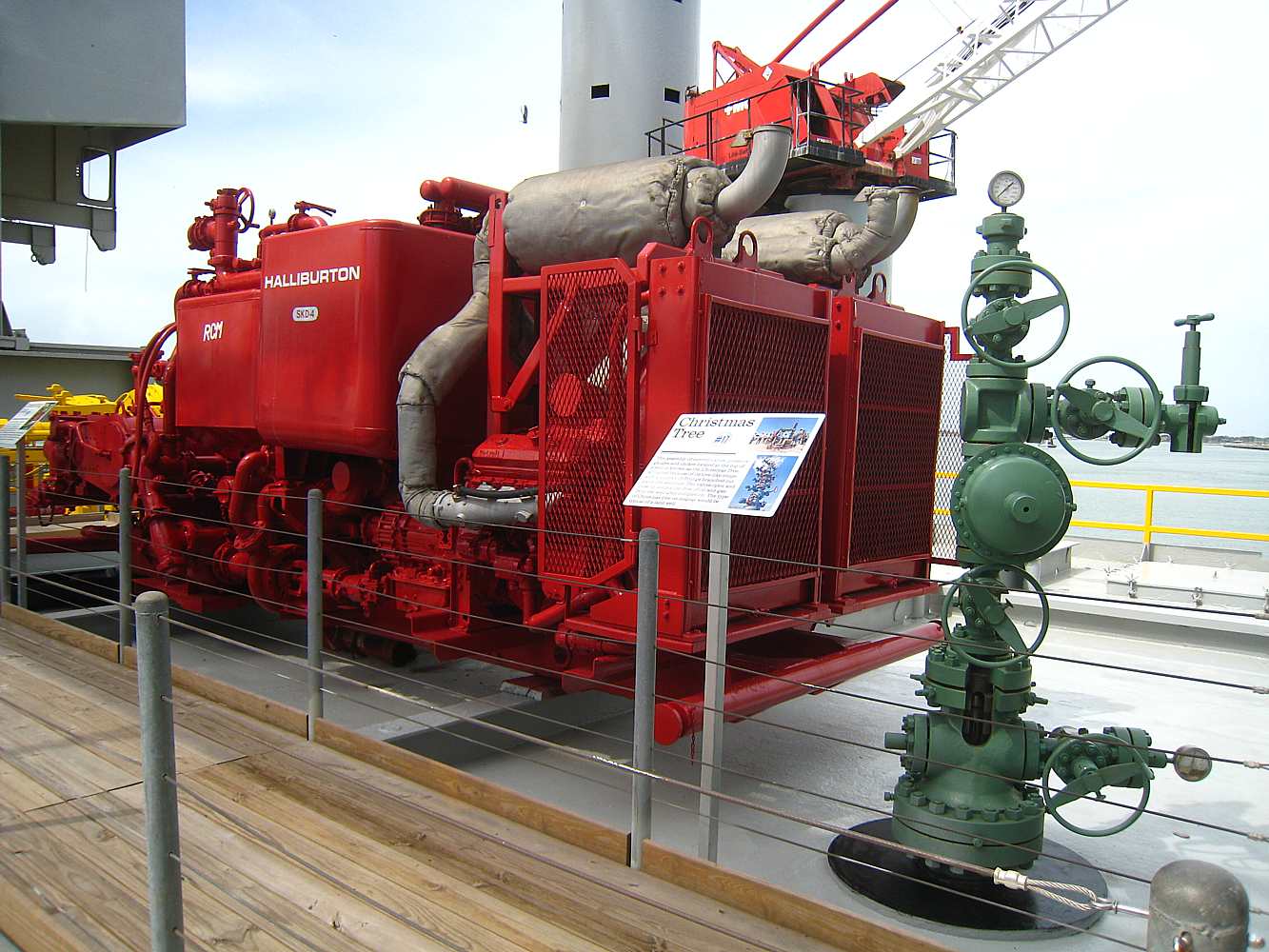 # 25 |
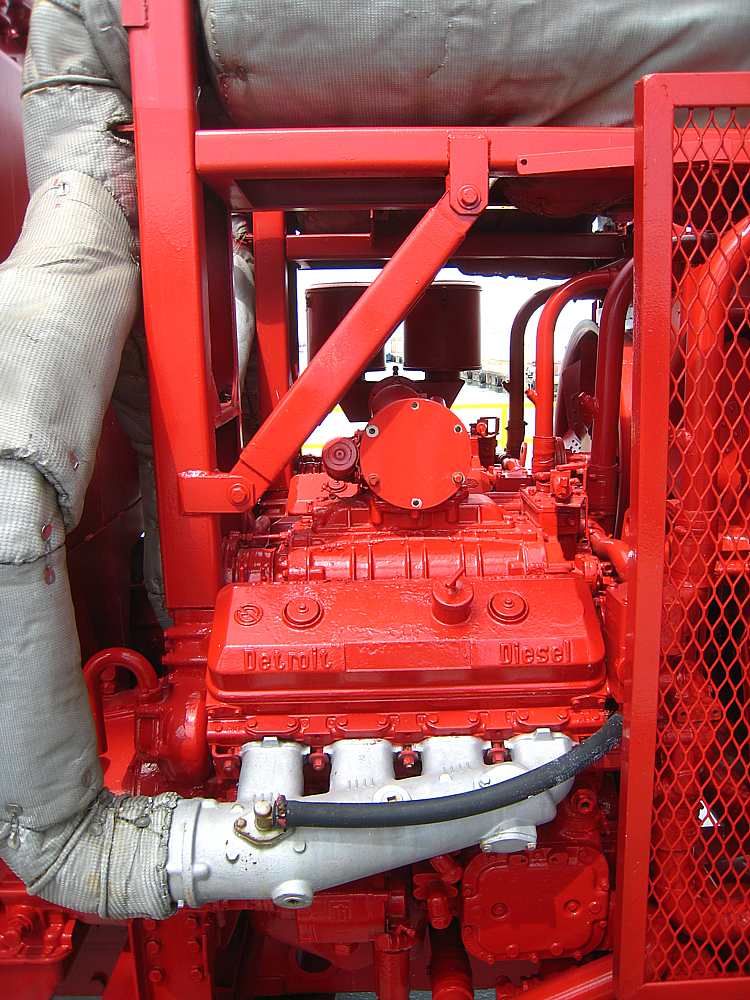 # 26 | rigzone.com/training |
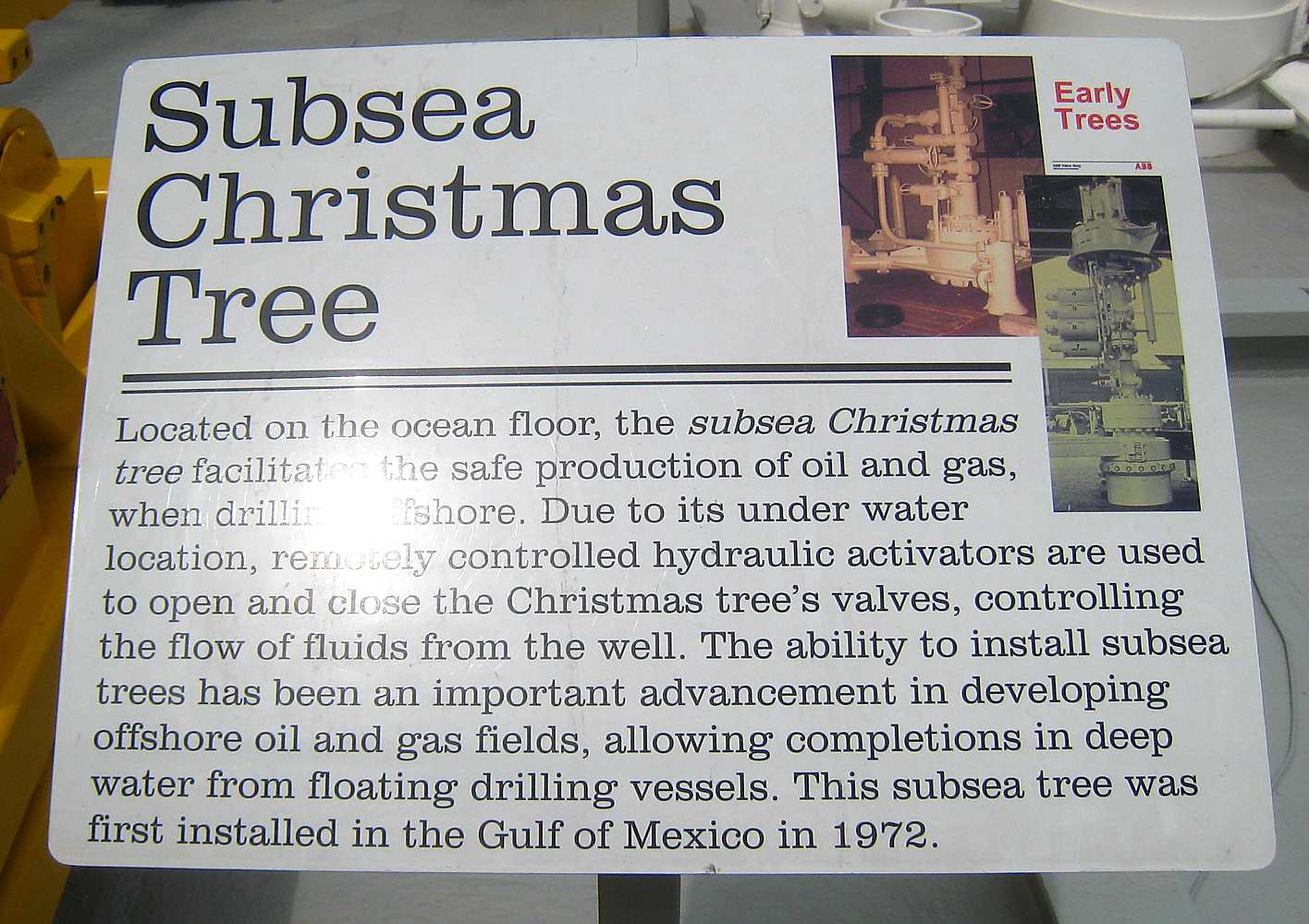 # 31 |
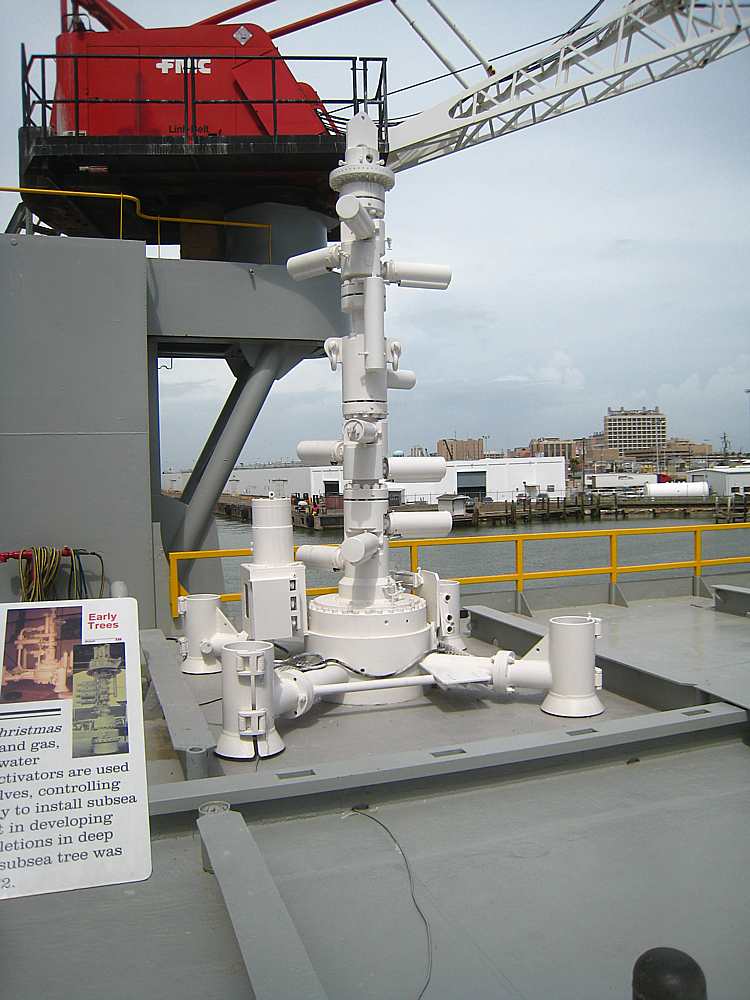 # 32 |
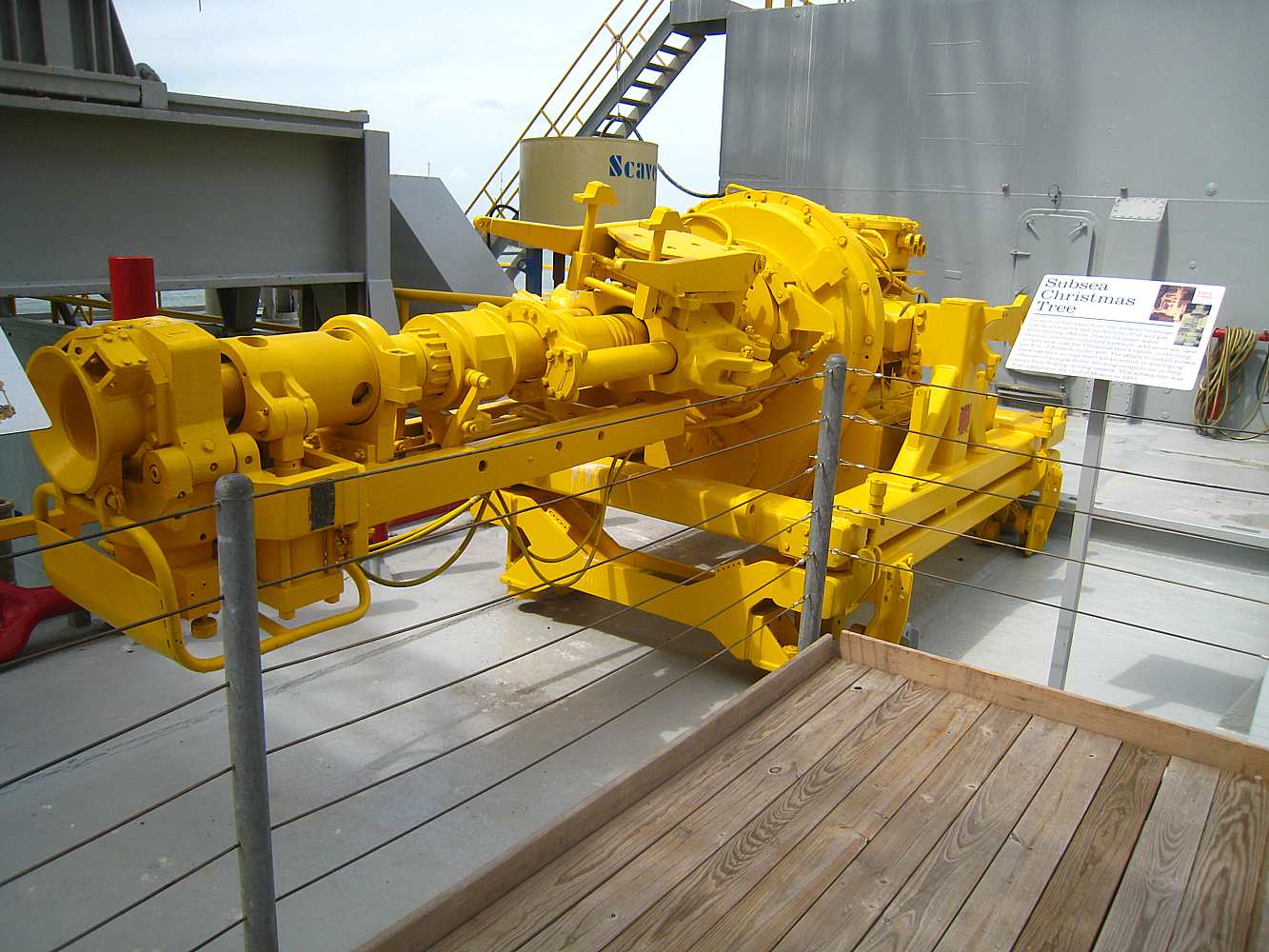 # 34 |
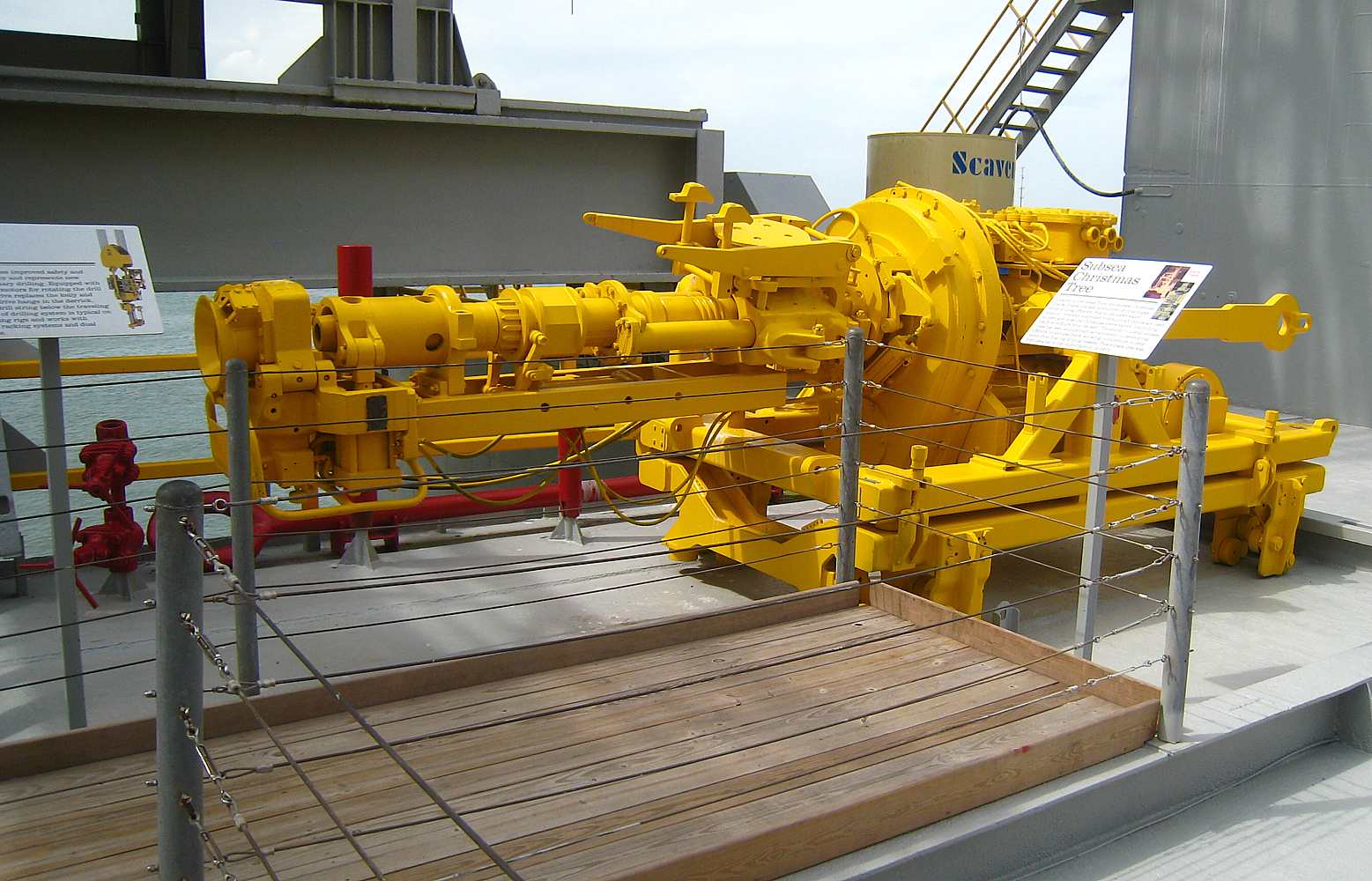 # 30 |
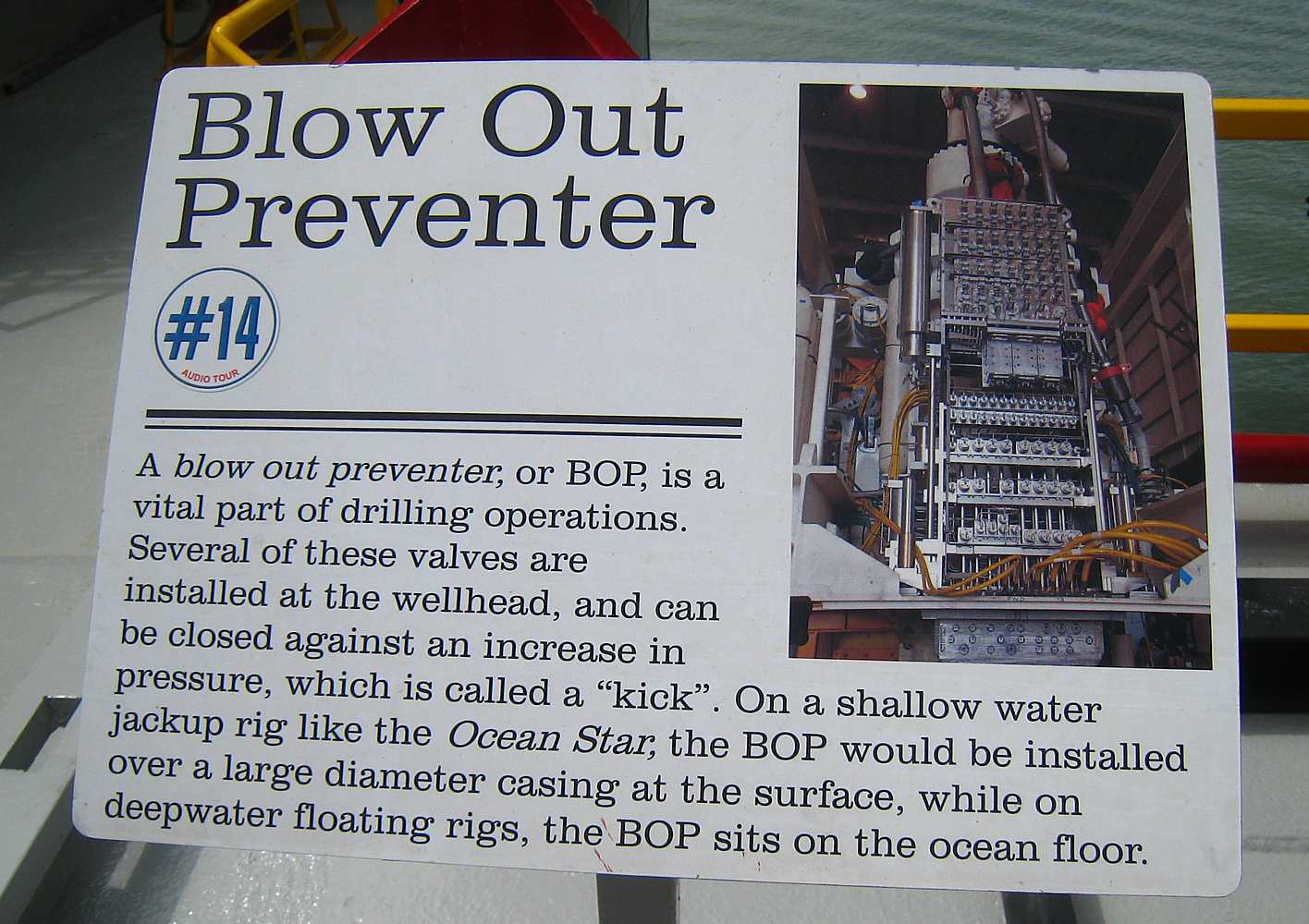 # 38 |
 # 39 |
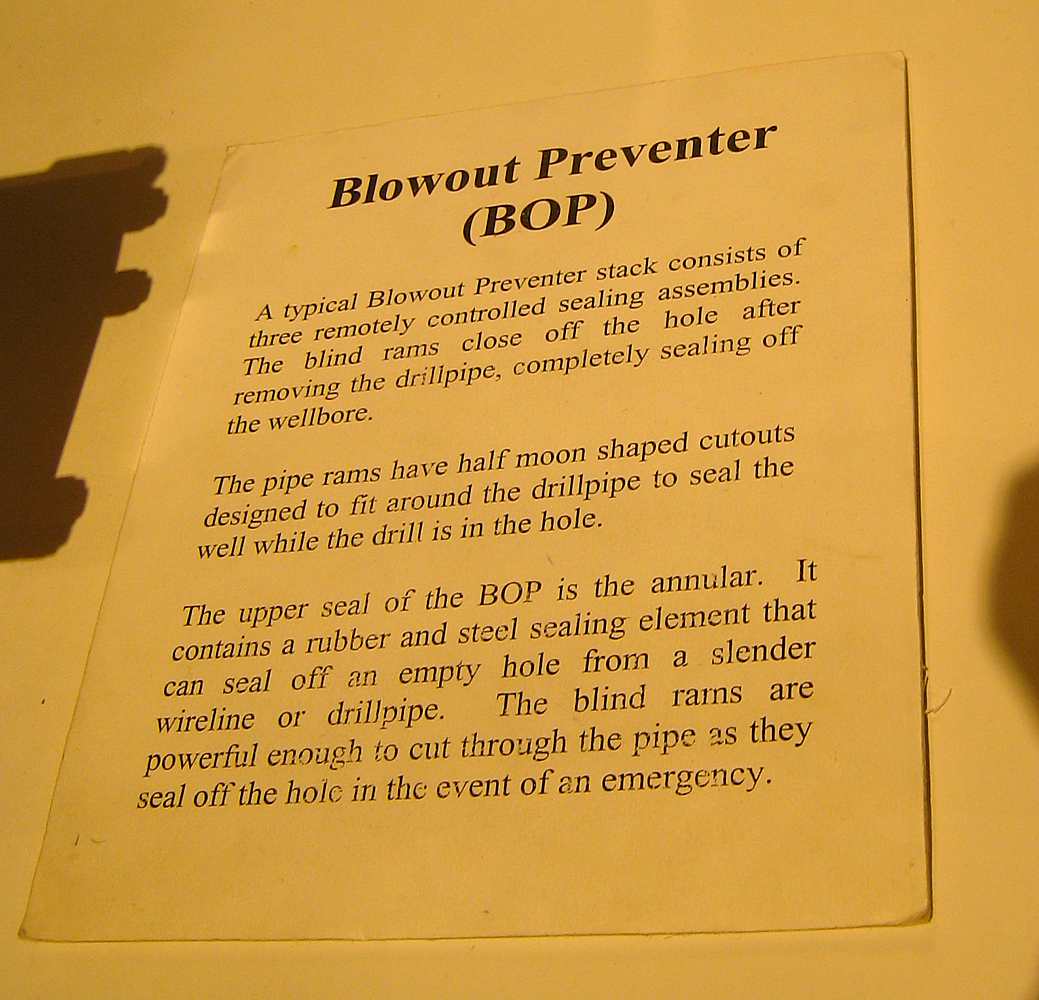 # 64 |
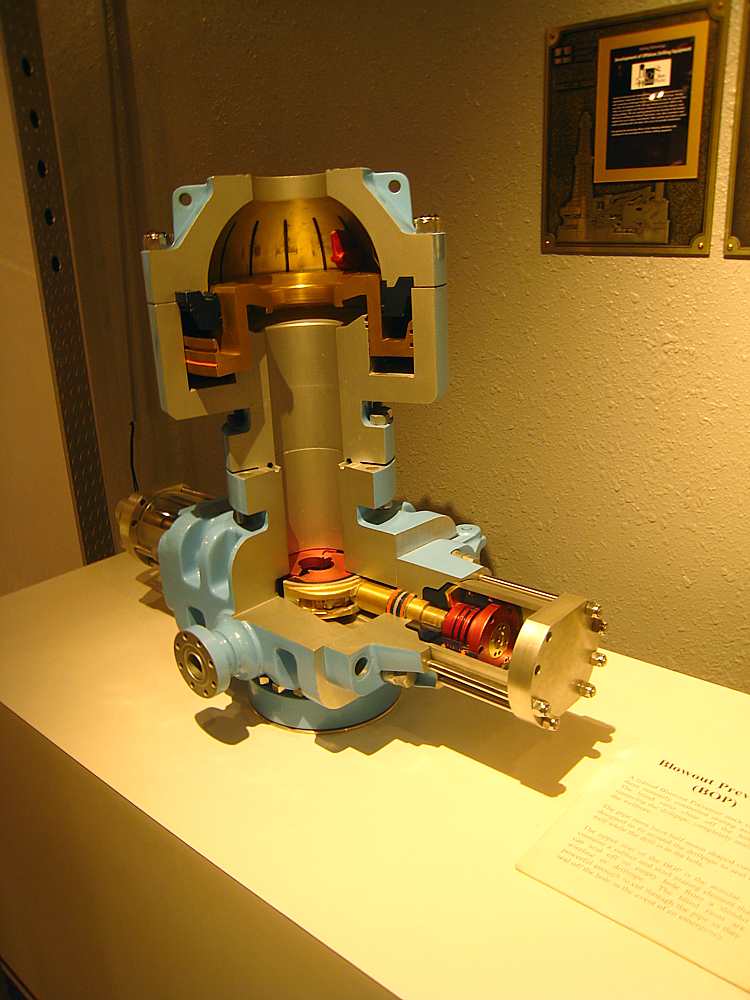 # 65 |
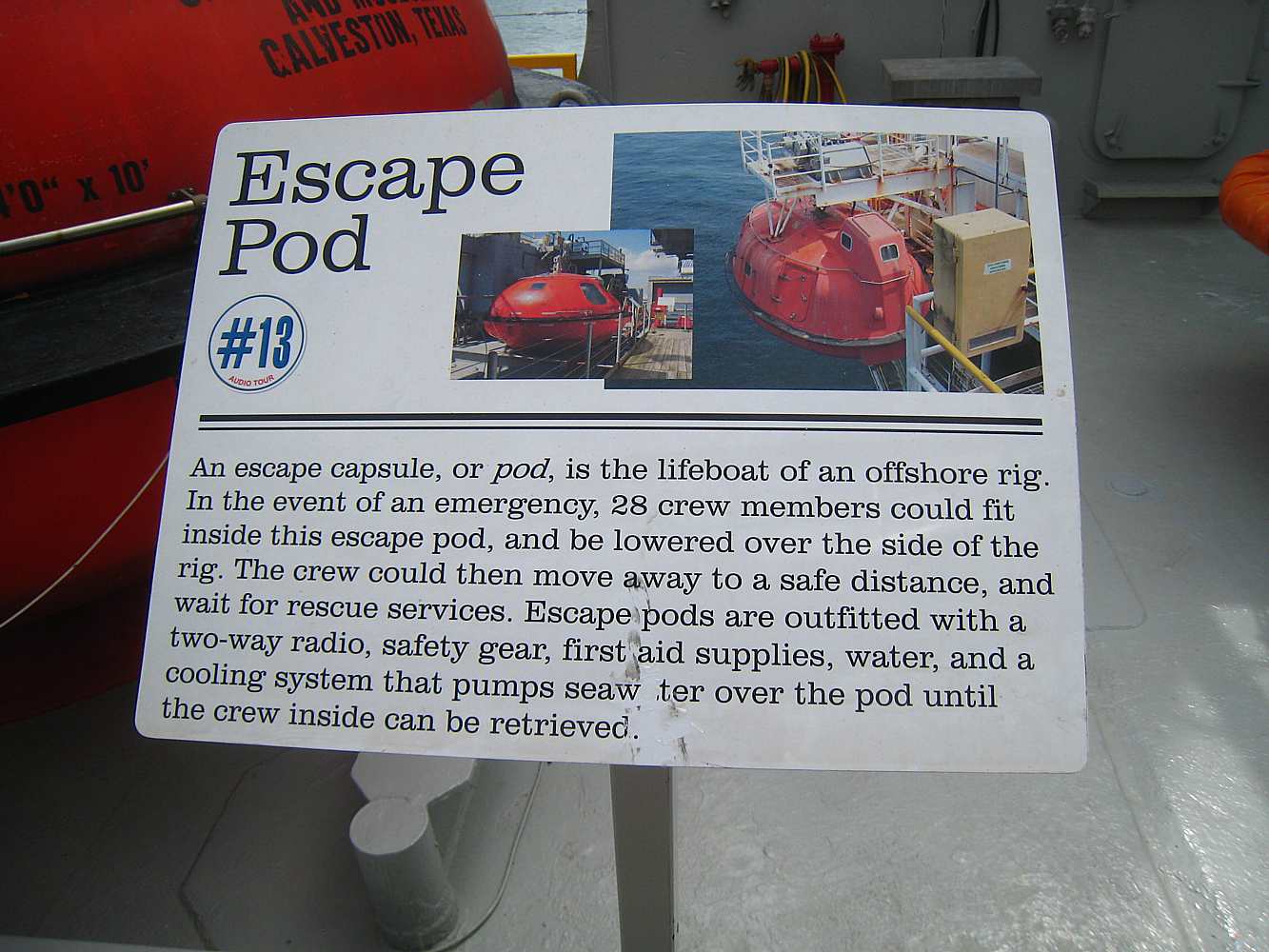 # 41 |
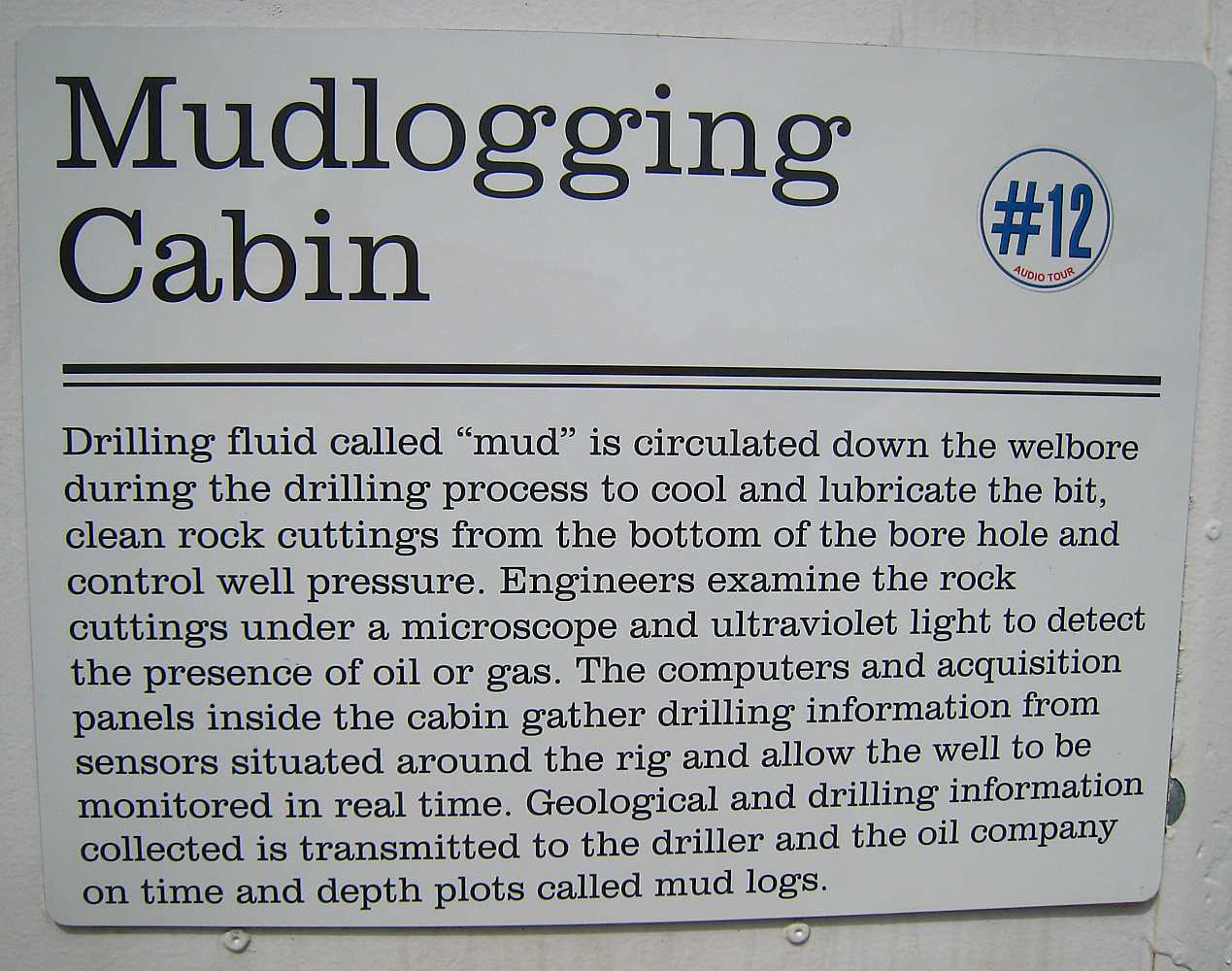 # 42 |
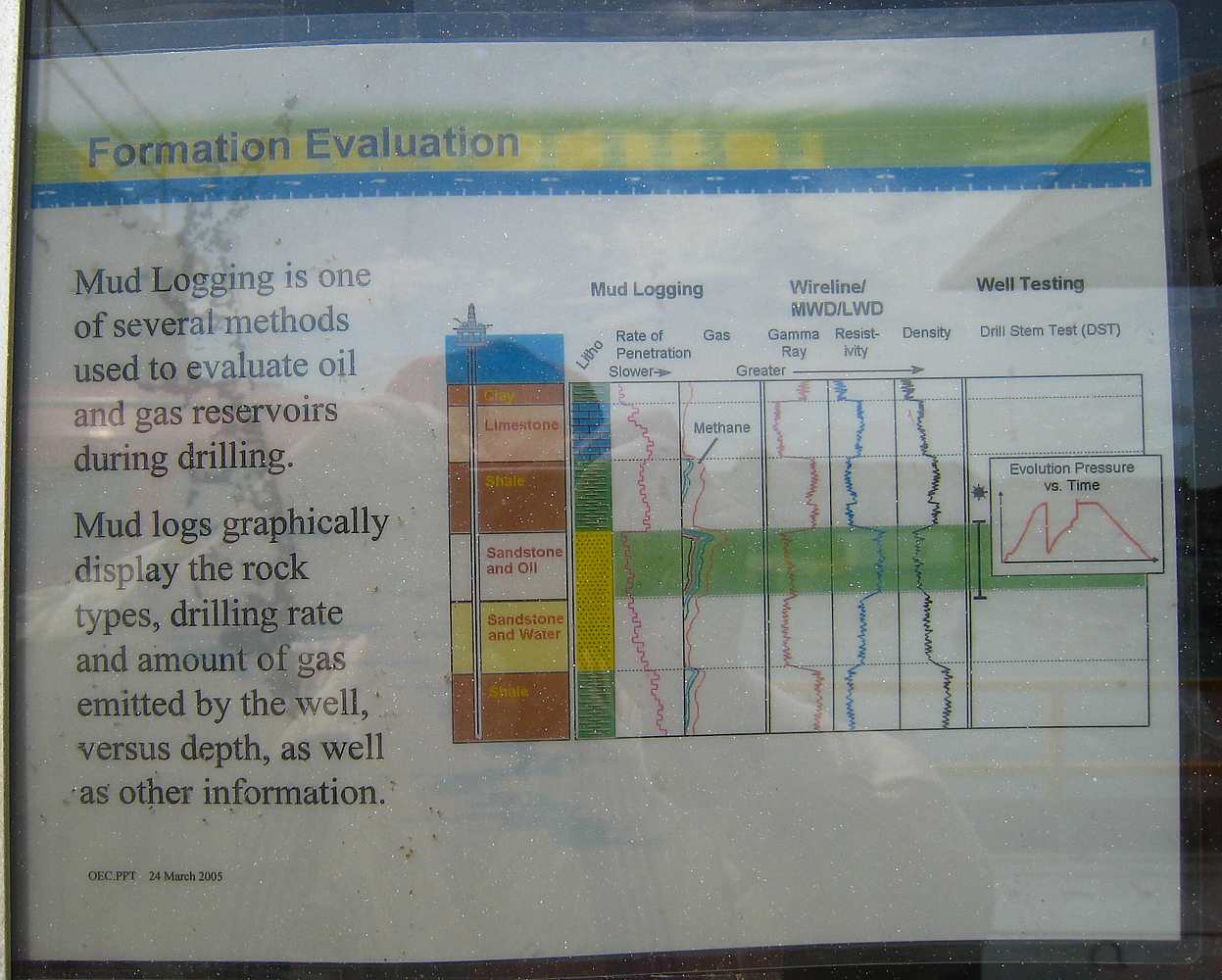 # 48 |
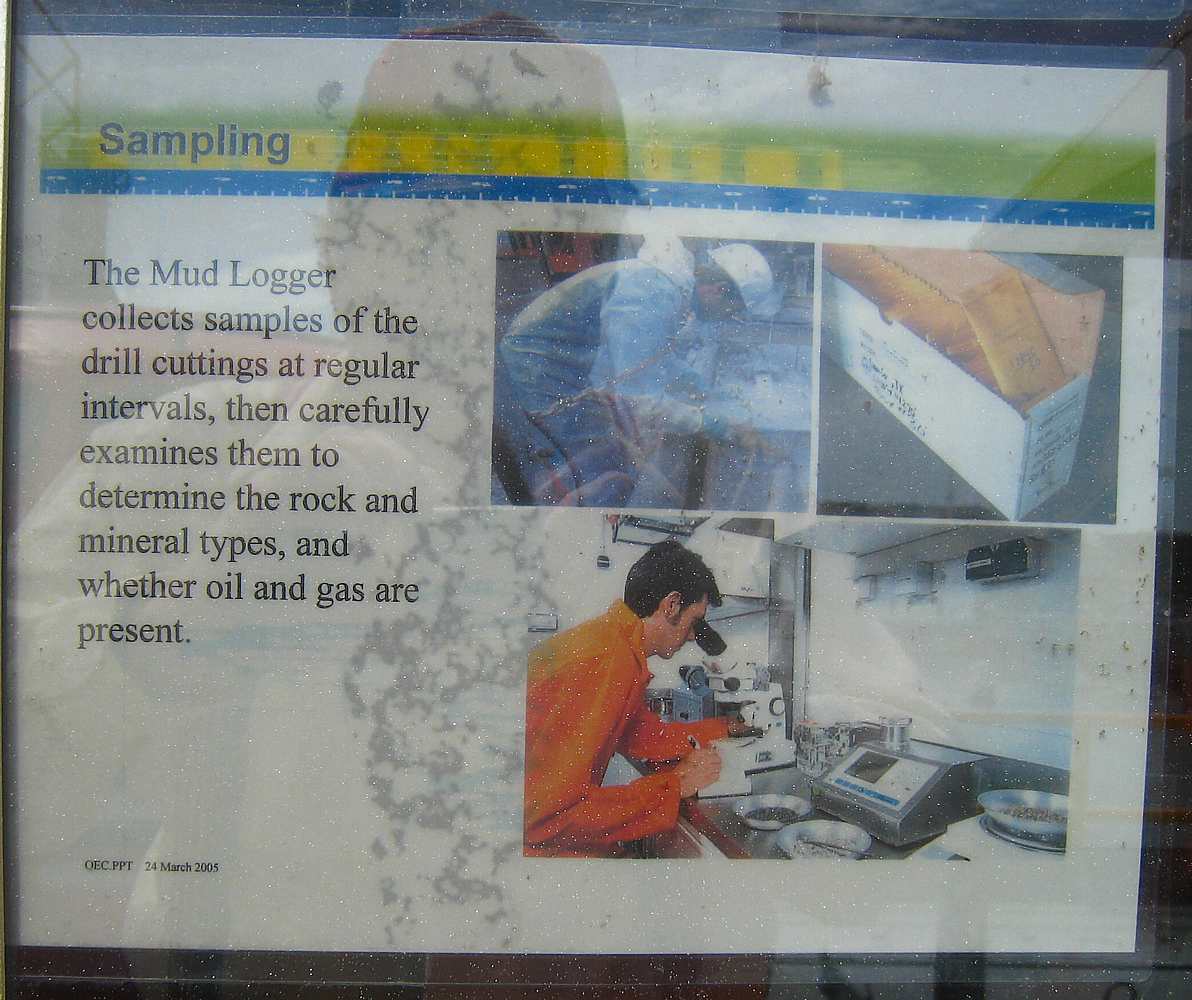 # 49 |
 # 50 |
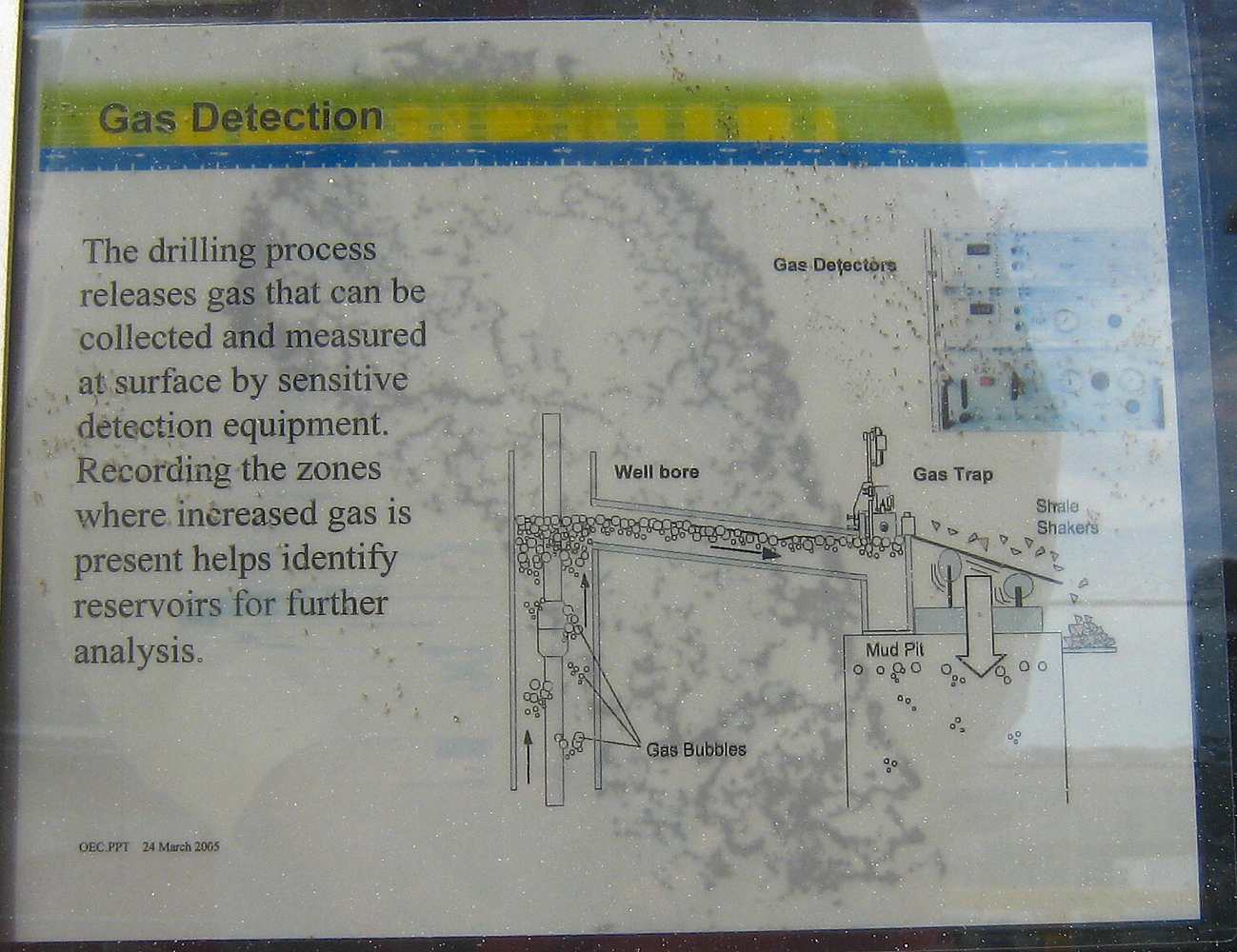 # 51 |
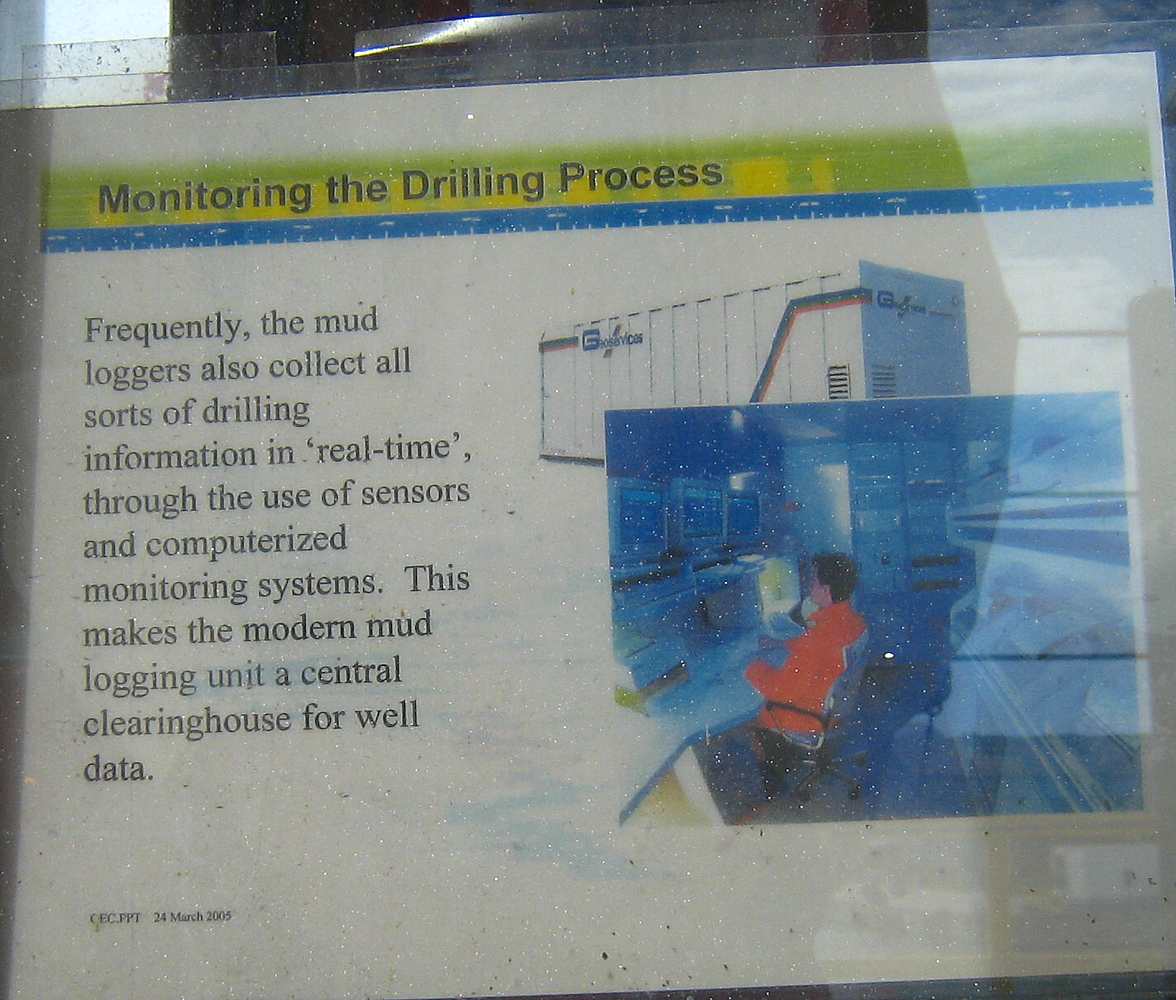 # 52 |
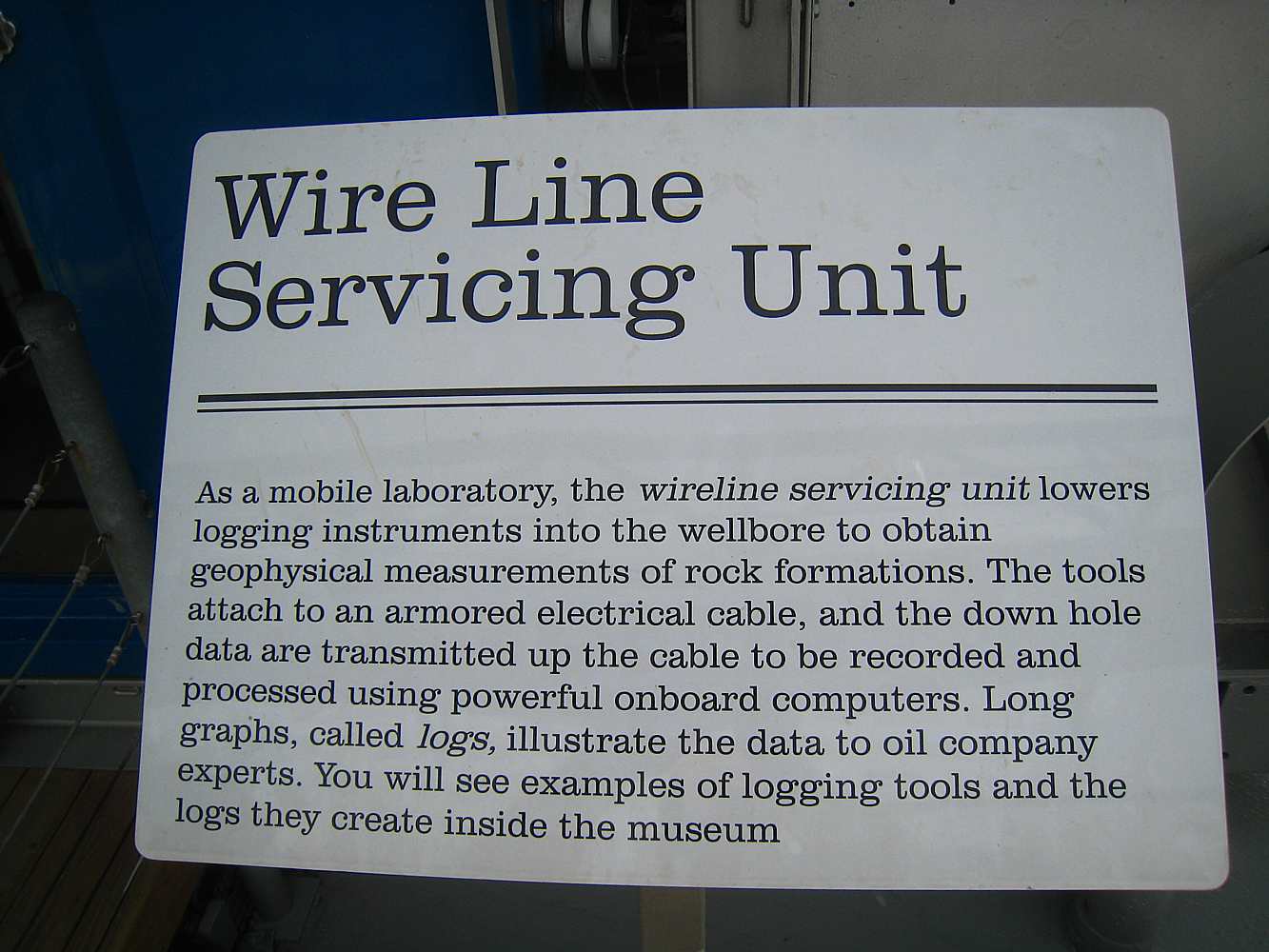 # 43 |
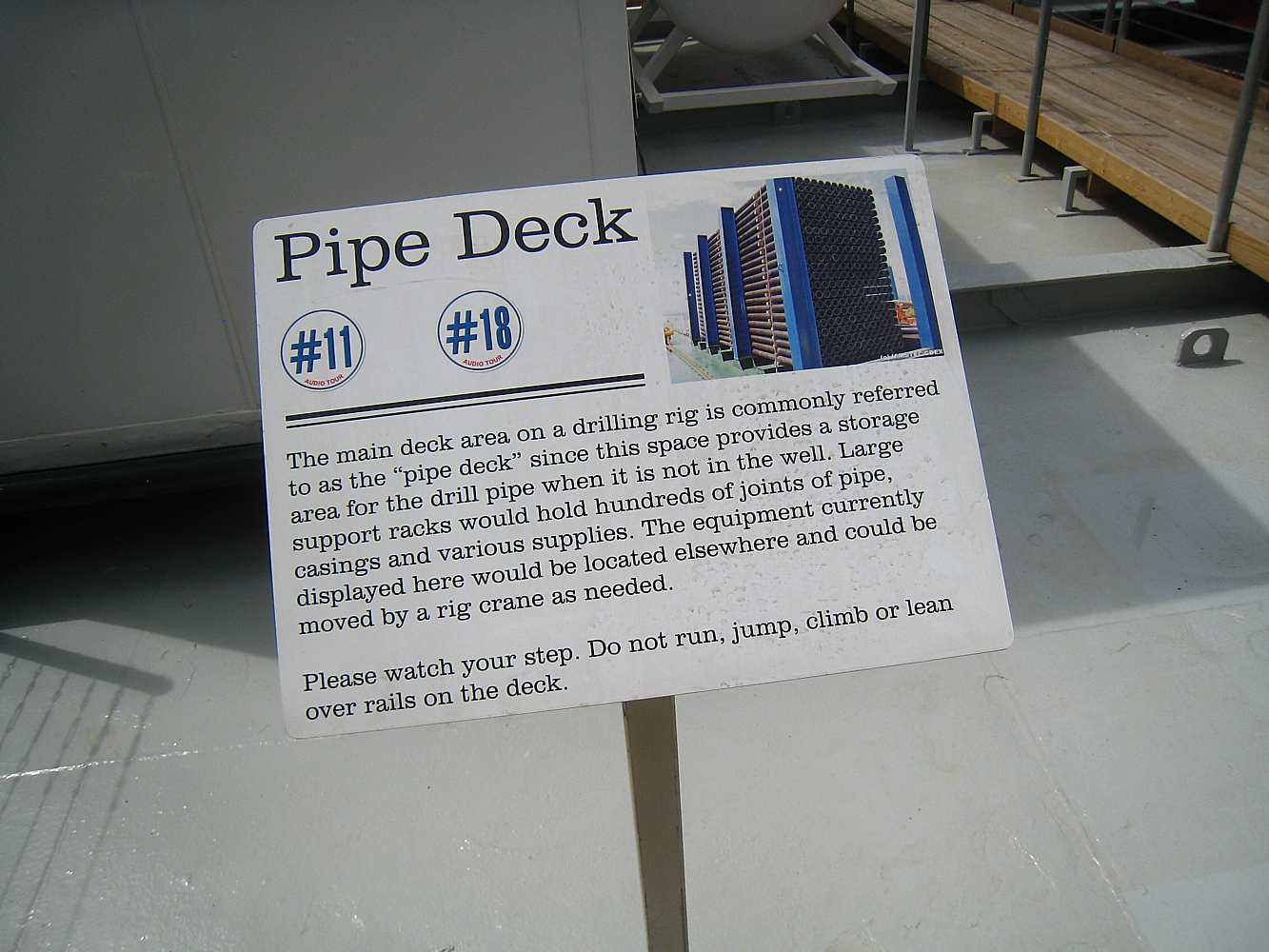 # 44 |
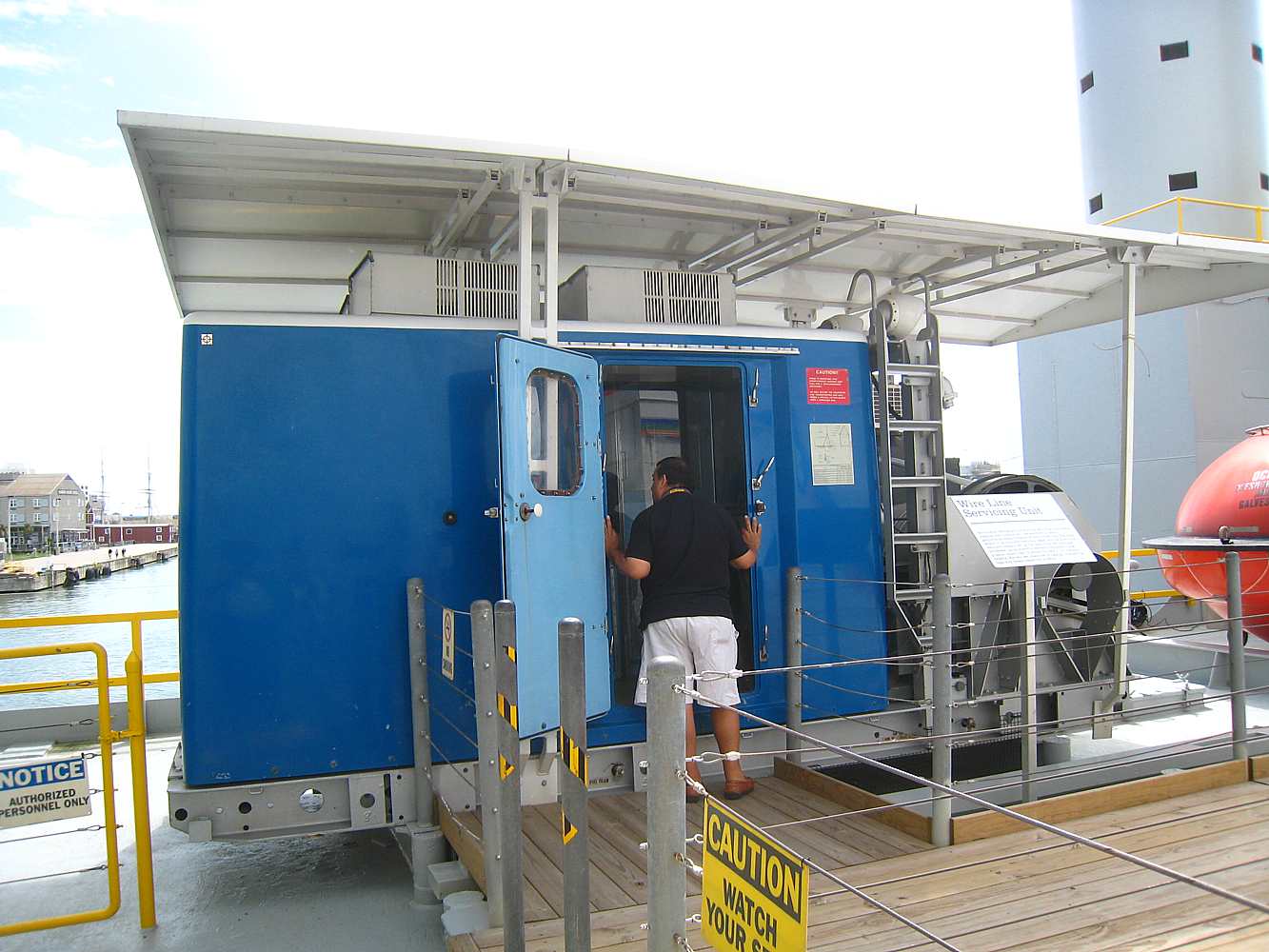 # 45 |
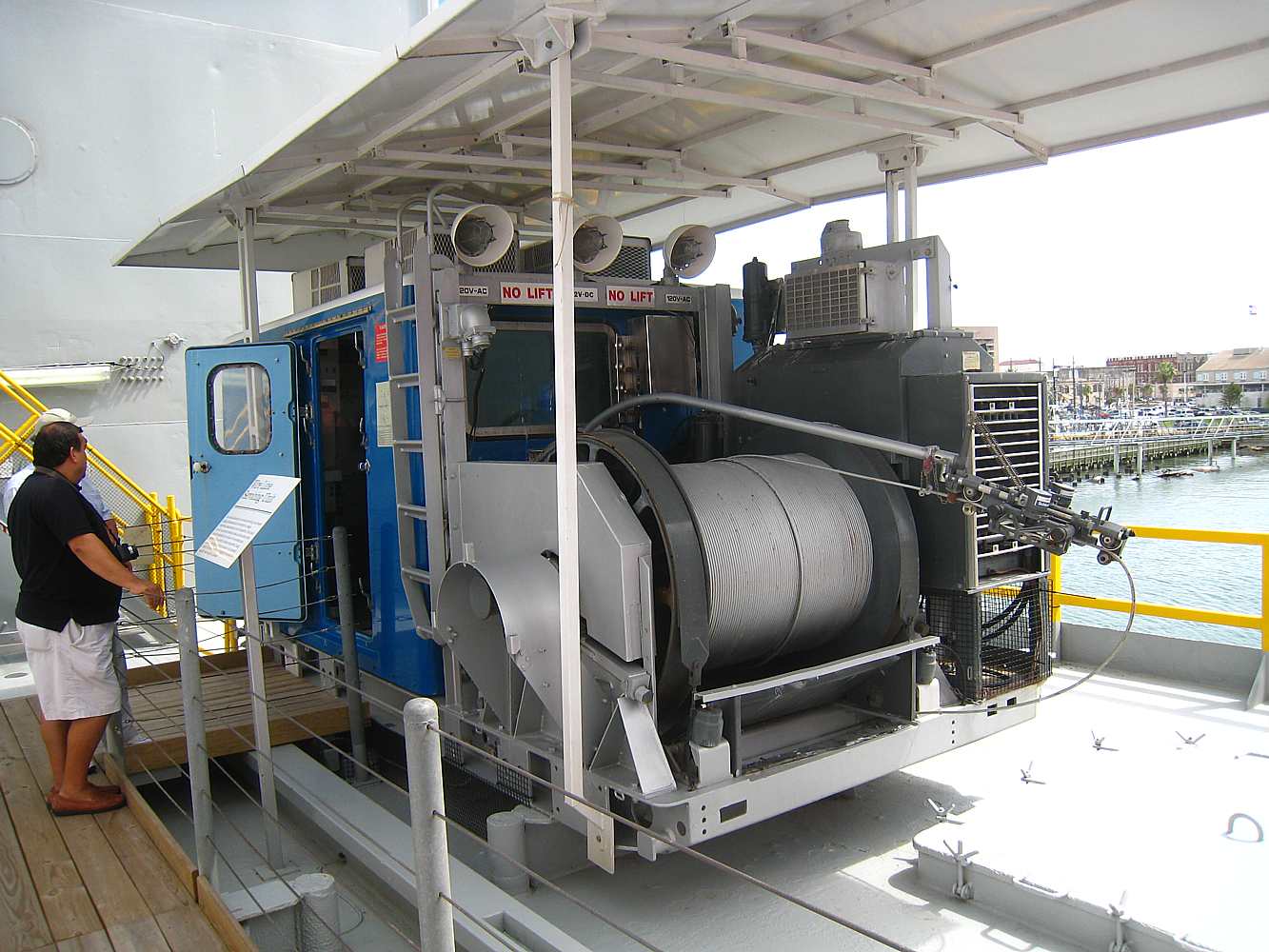 # 46 |
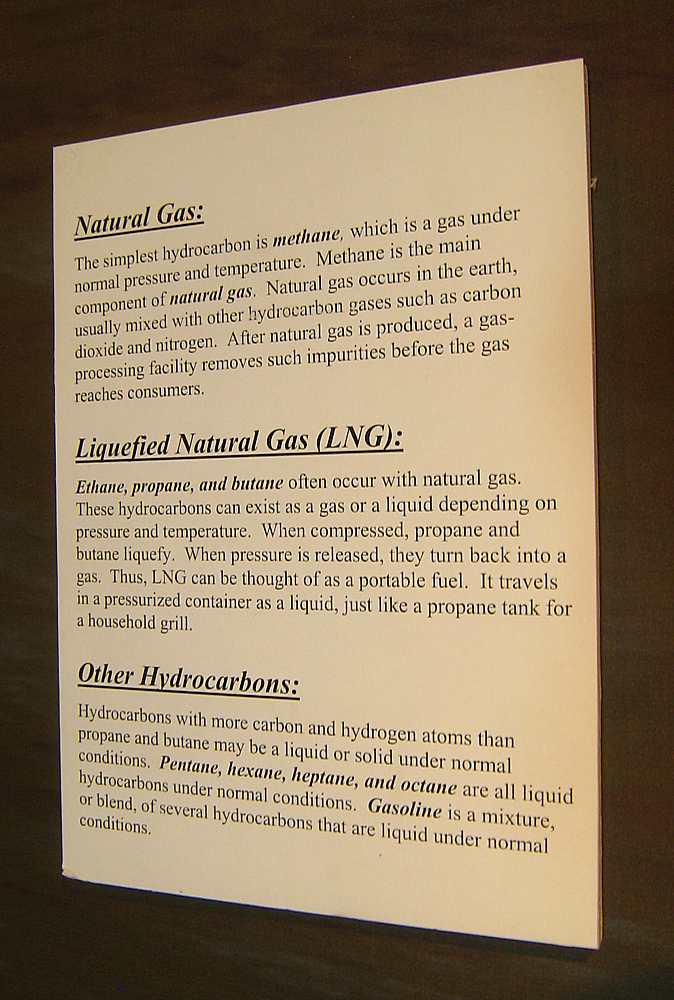 # 53 |
 # 54 |
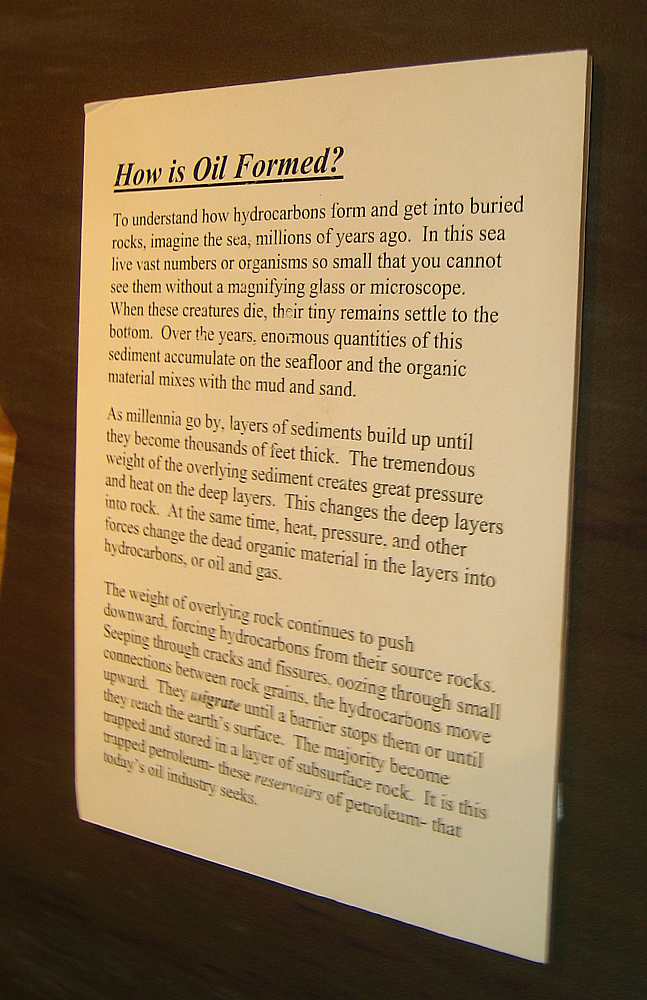 # 55 |
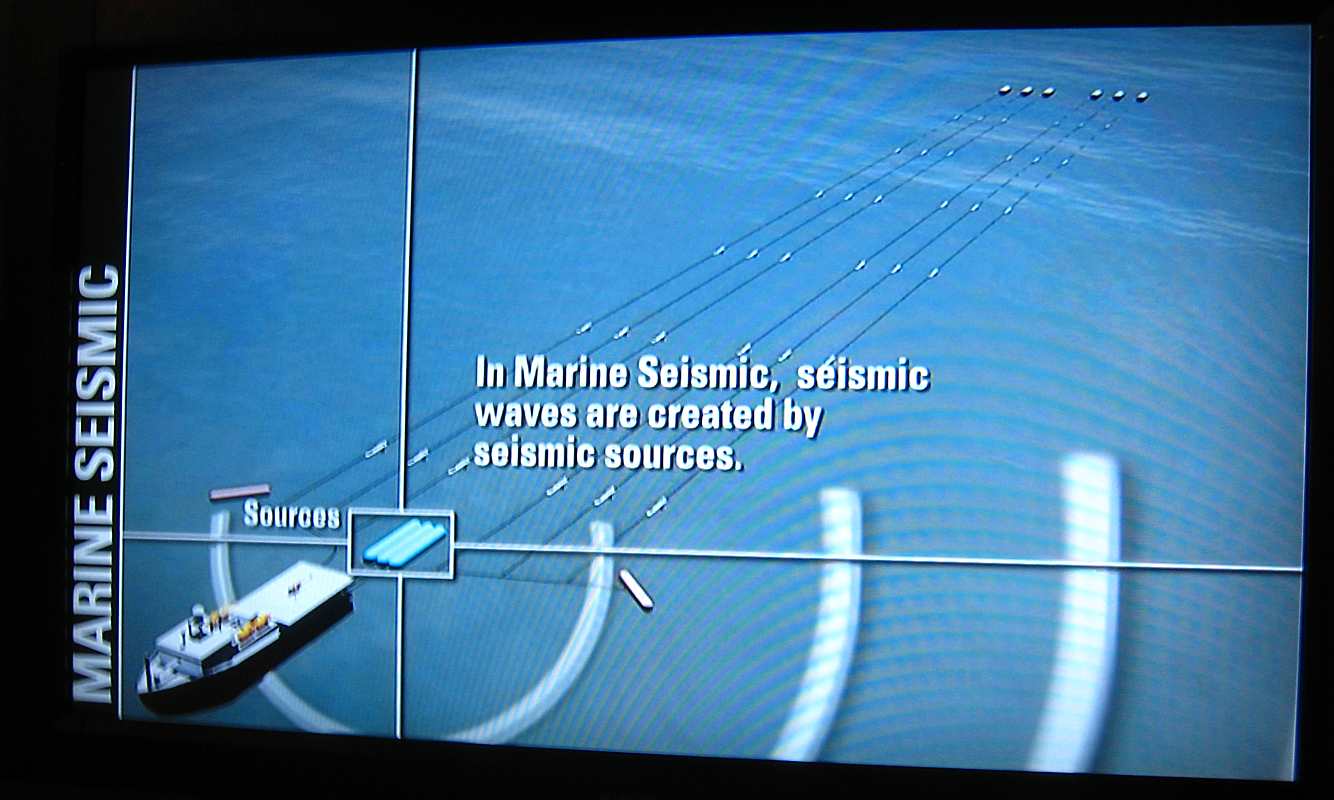 # 58 |
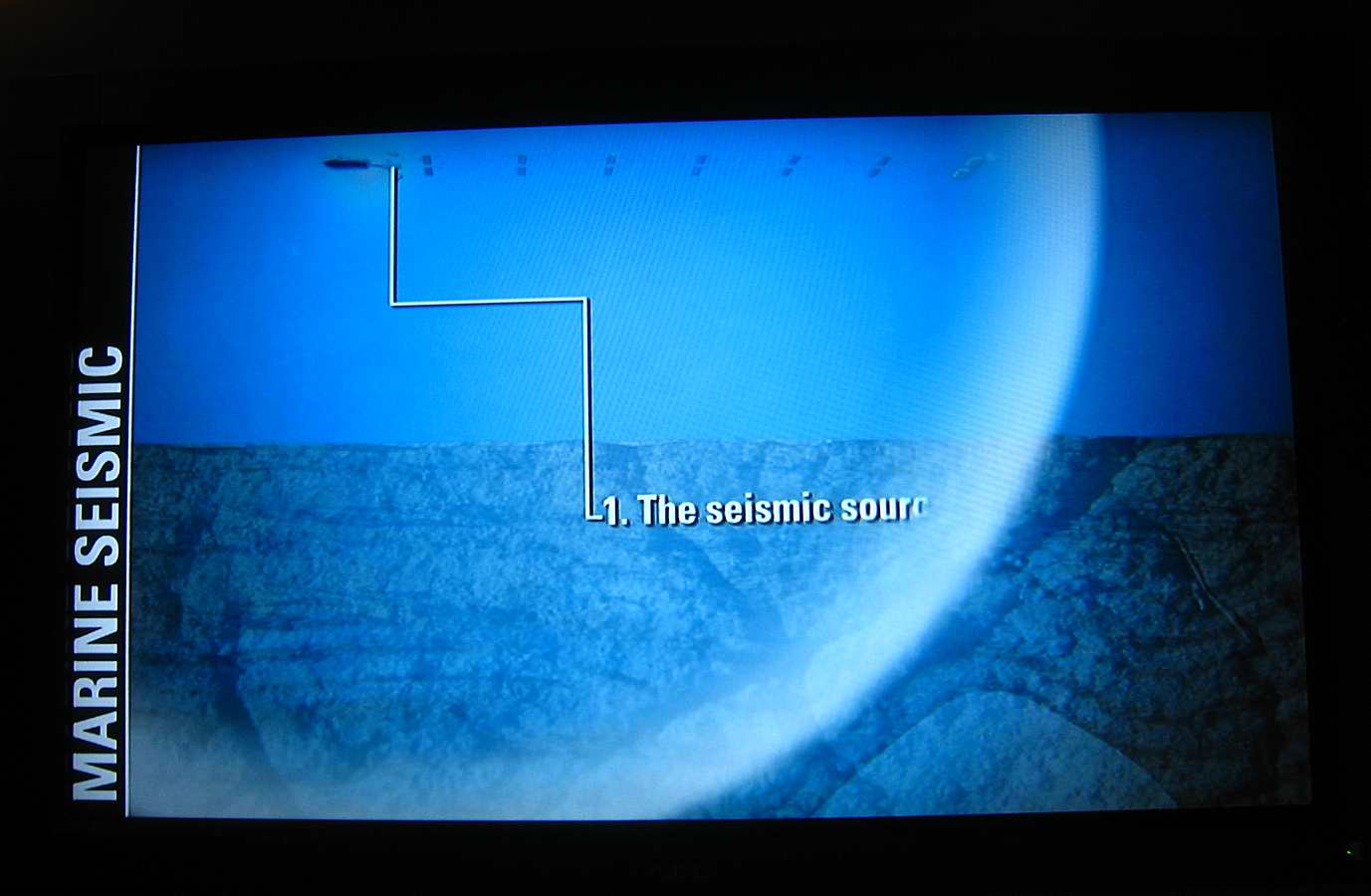 # 60 |
 # 35 |
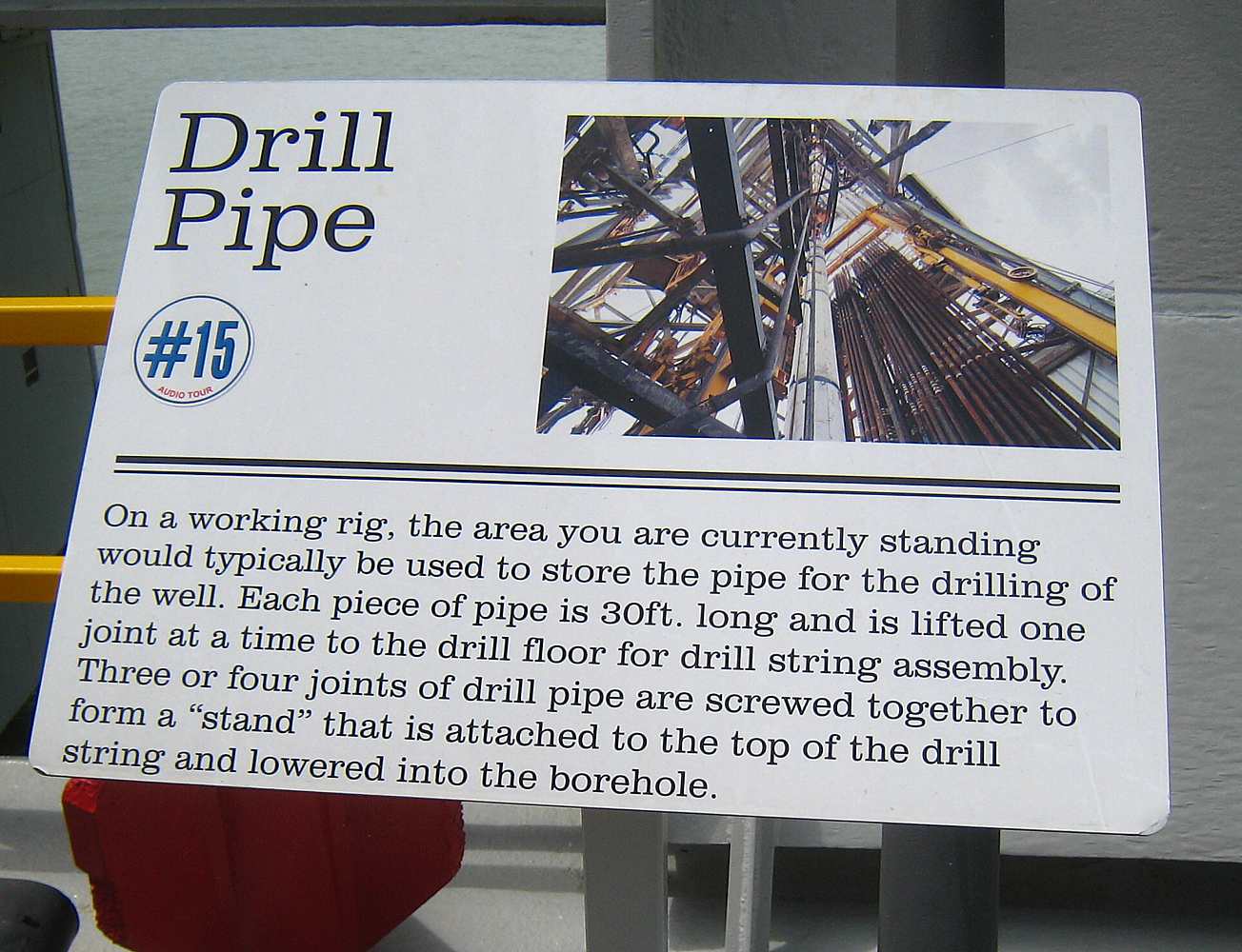 # 36 |
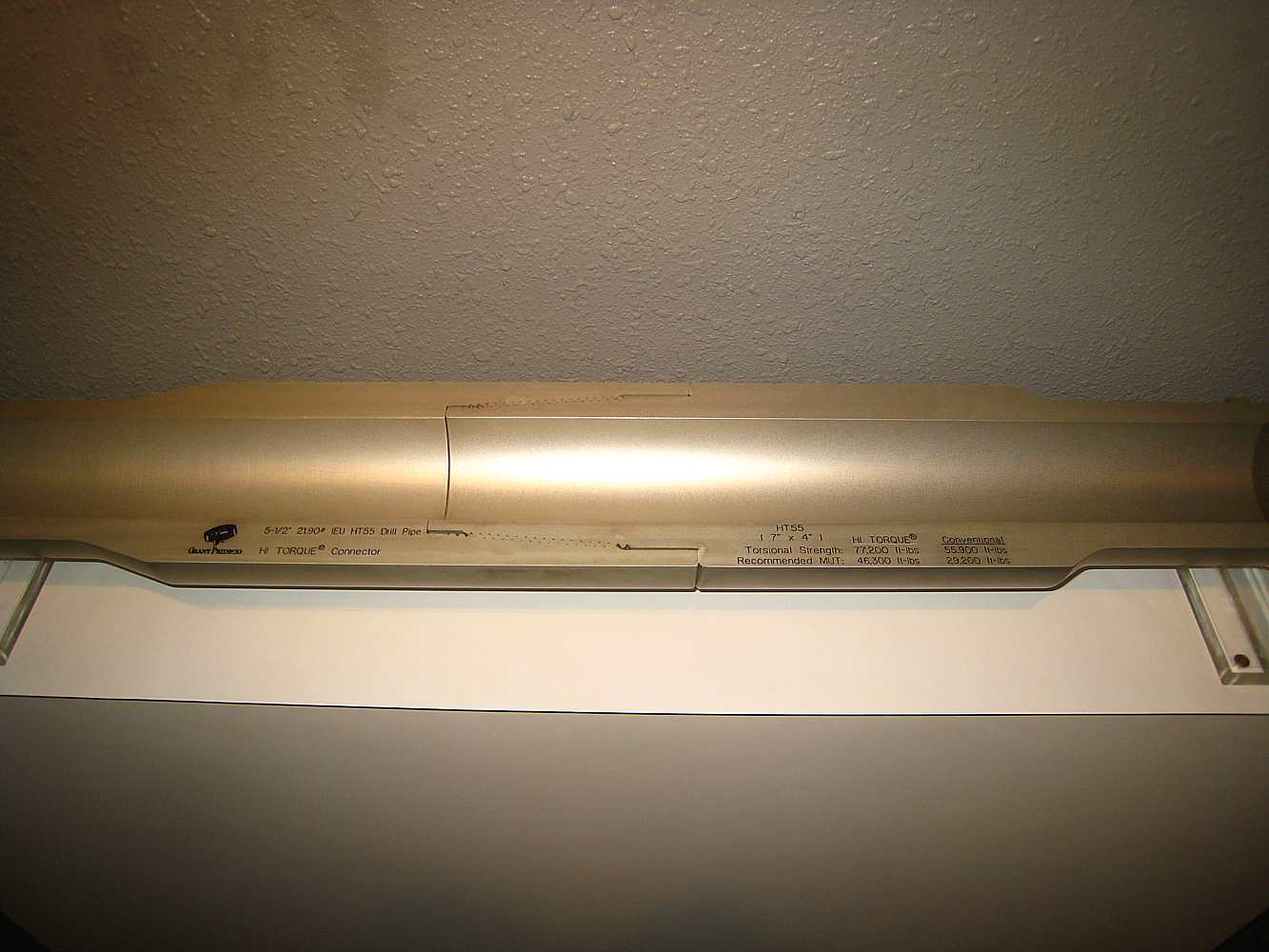 # 61 |
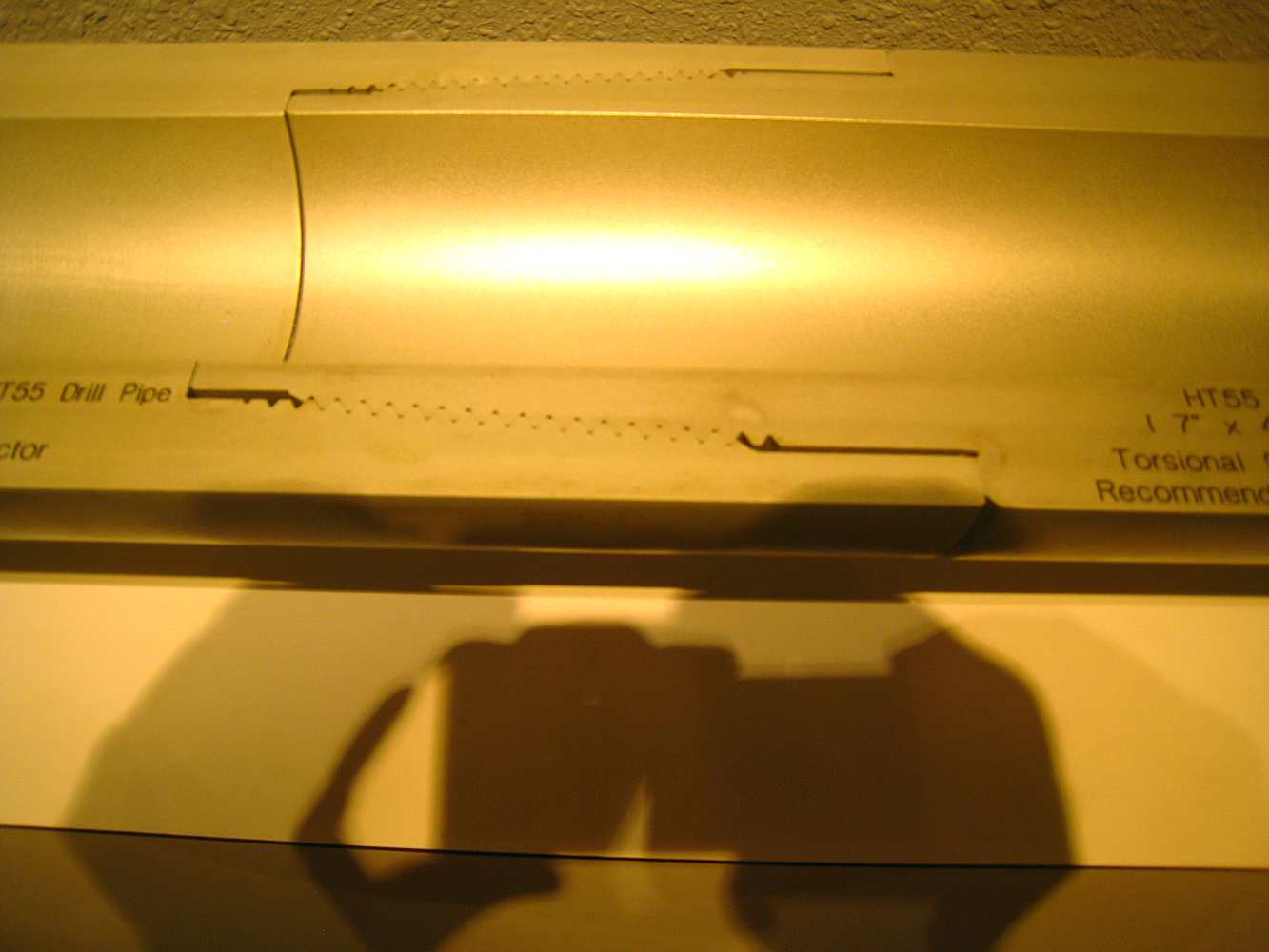 # 62 | These are high strength tapered threaded joints. They couple successive length of high strength seamless drill pipe. Standard screw cutting lathes, fitted with a tapered guide bar, can cut these tapered threads. As noted elsewhere, 30 foot sections of drill pipe (stem) were standard. How do you put a hole down a 30 foot high strength pipe? mandrel piercing, crossed rolls, page 27 |
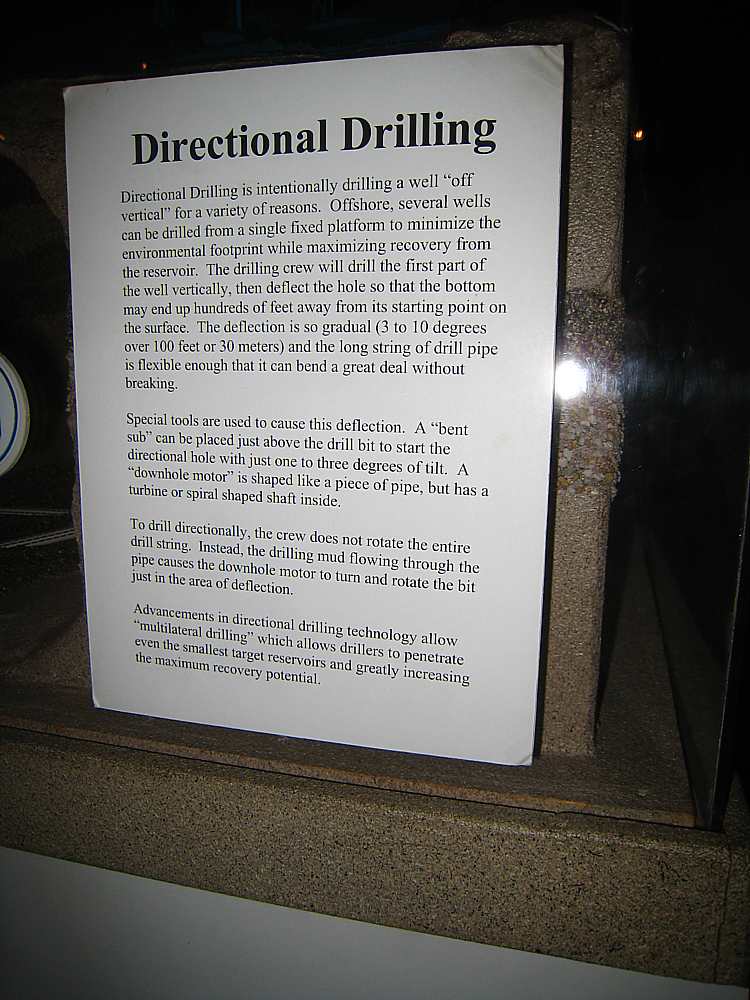 # 66 |
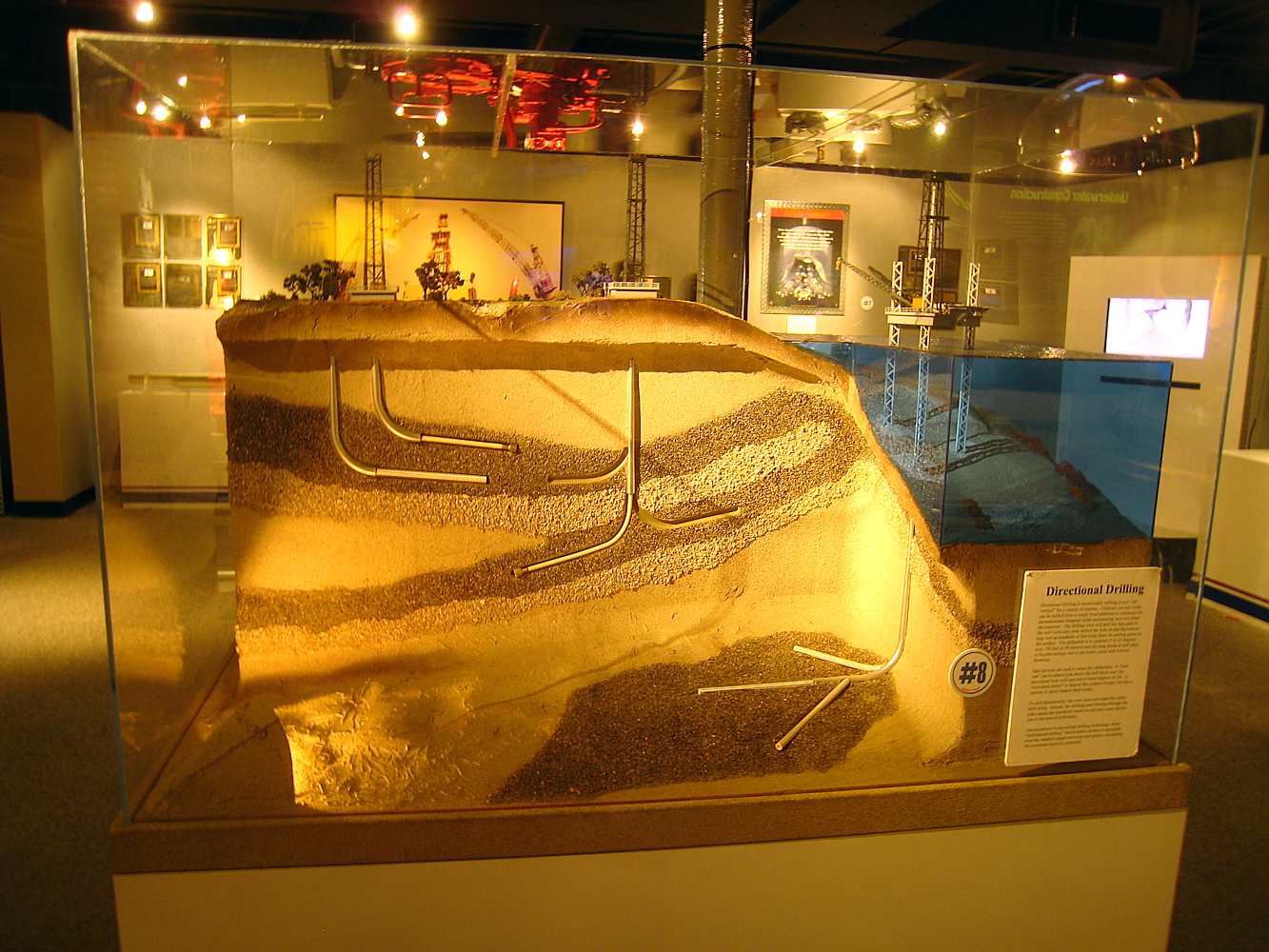 # 69 |
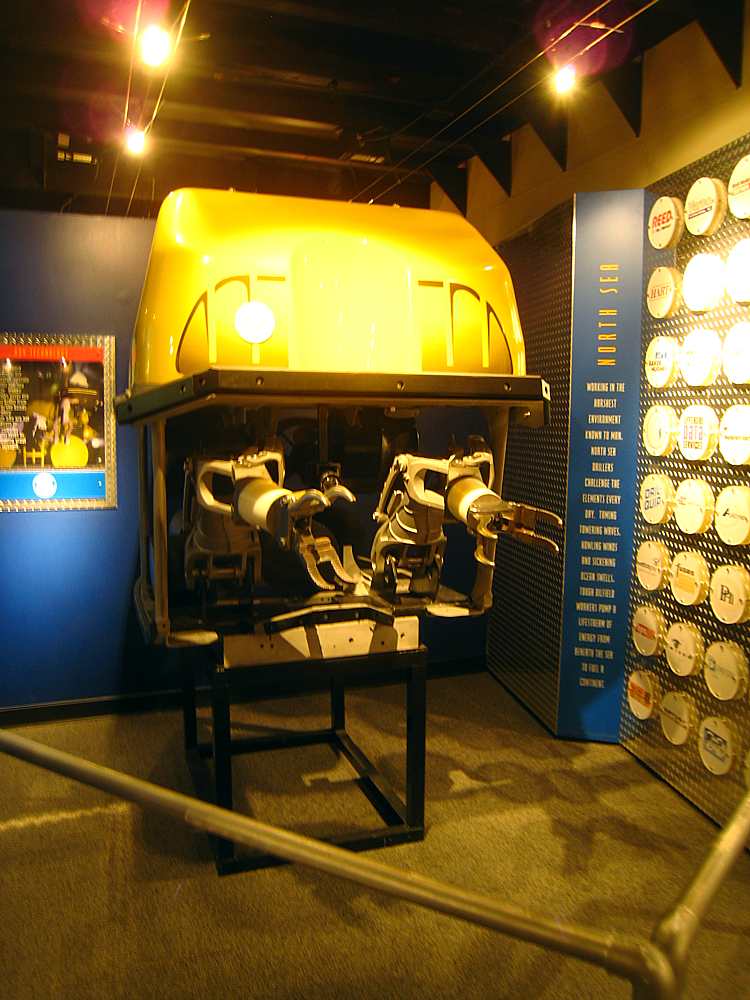 # 67 |
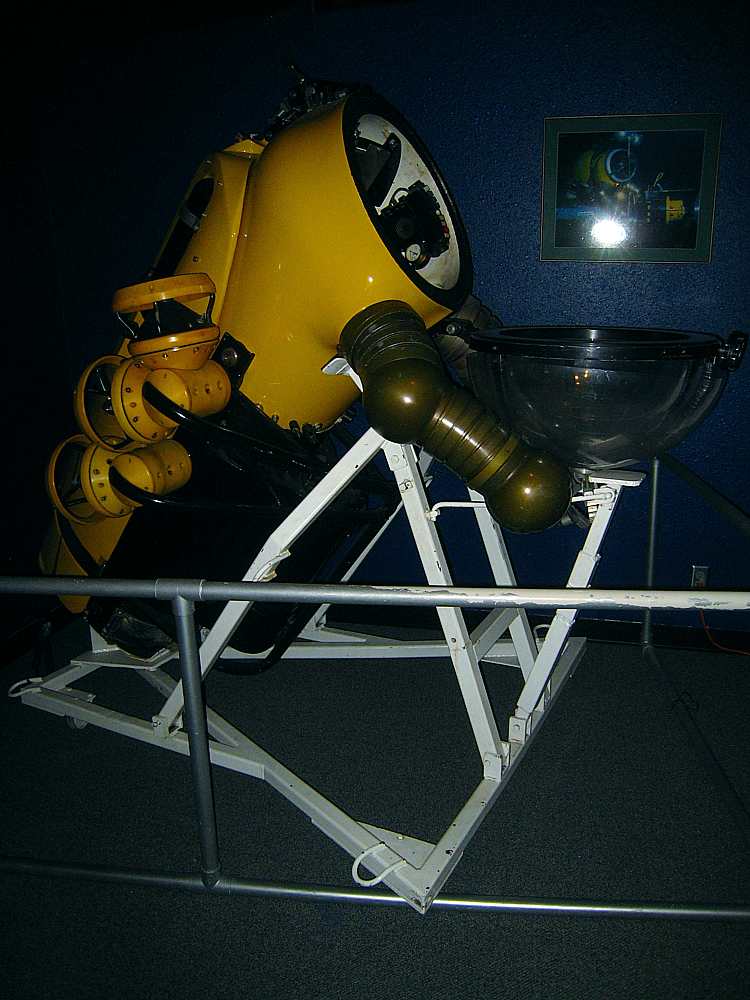 # 68 |
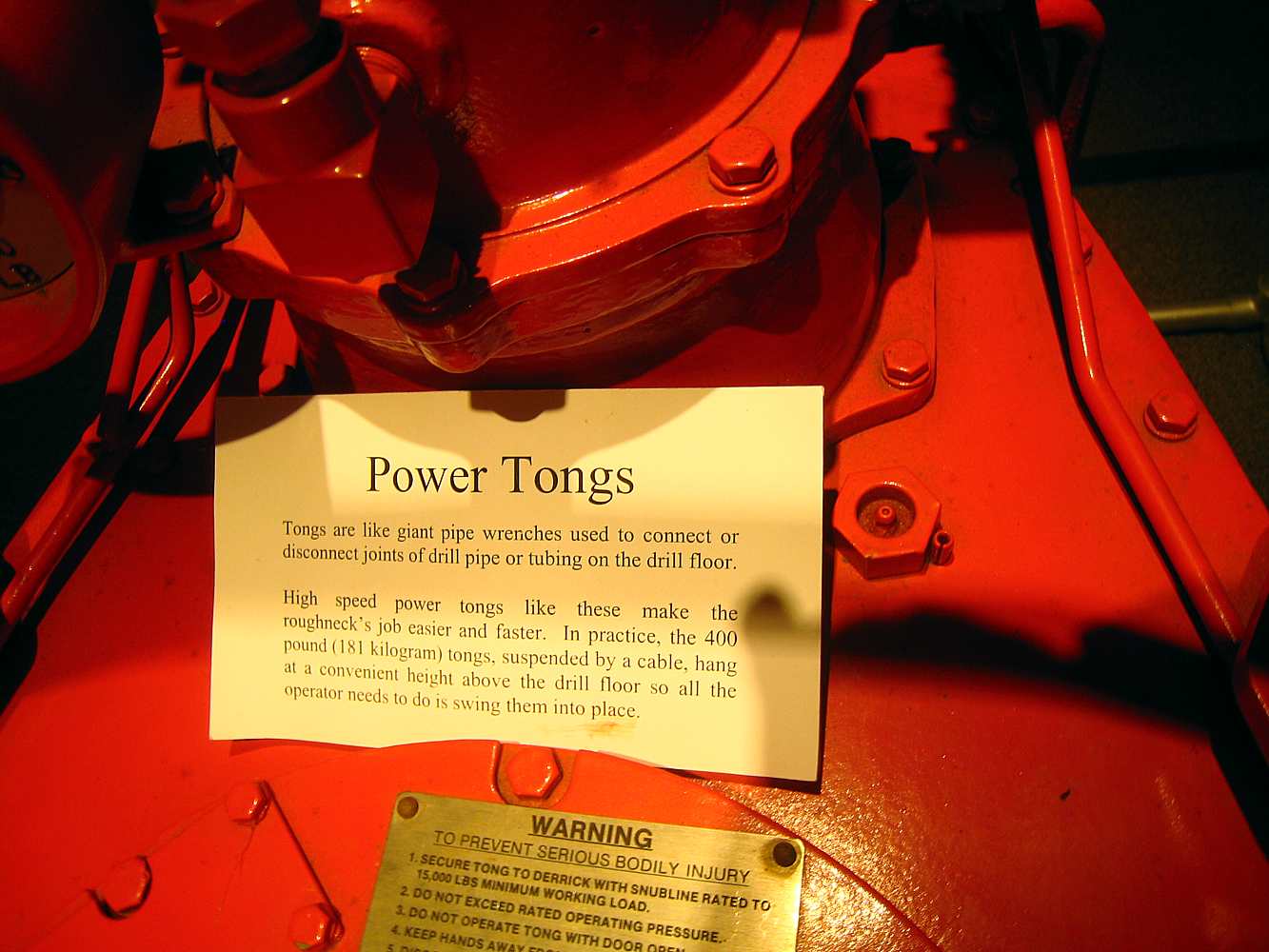 # 70 |
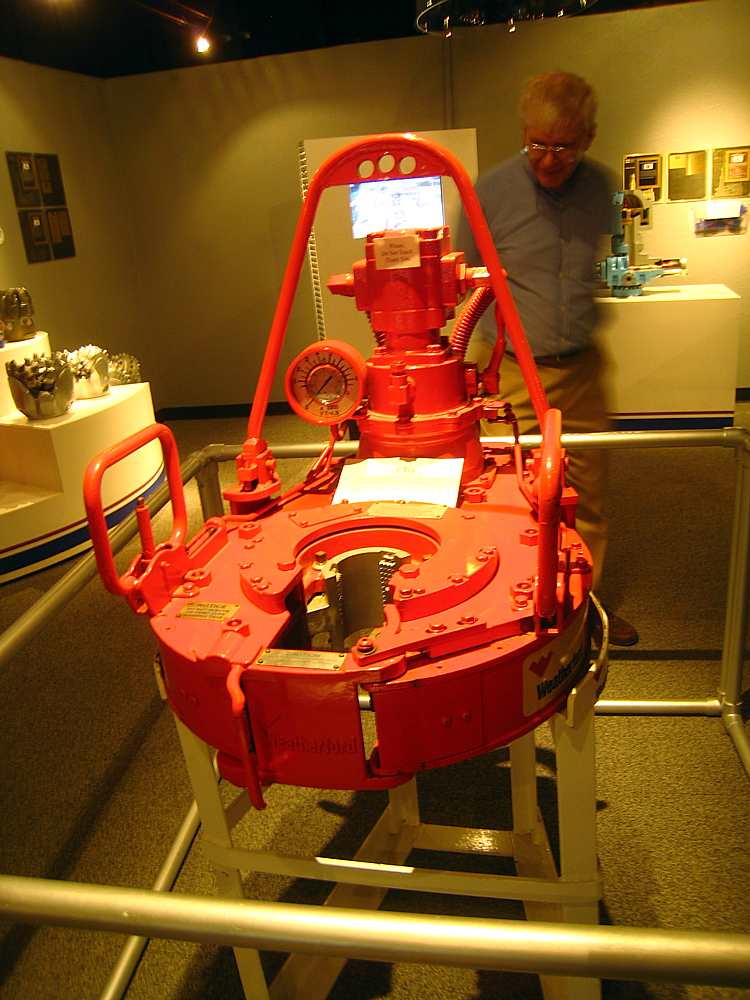 # 71 |
 # 72 |
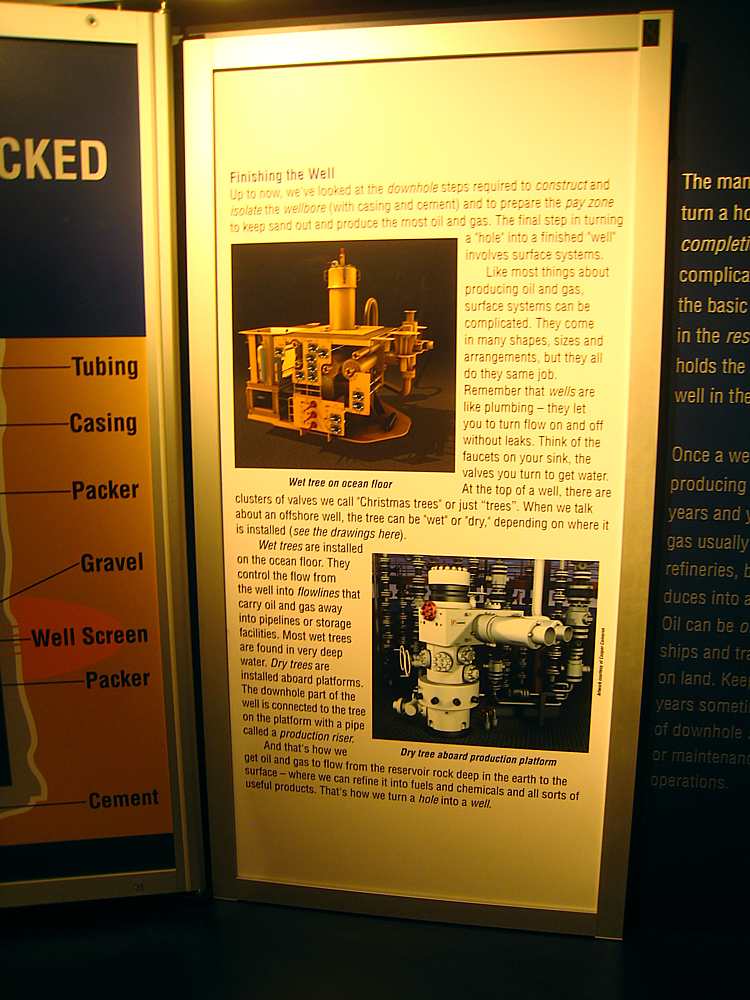 # 73 |
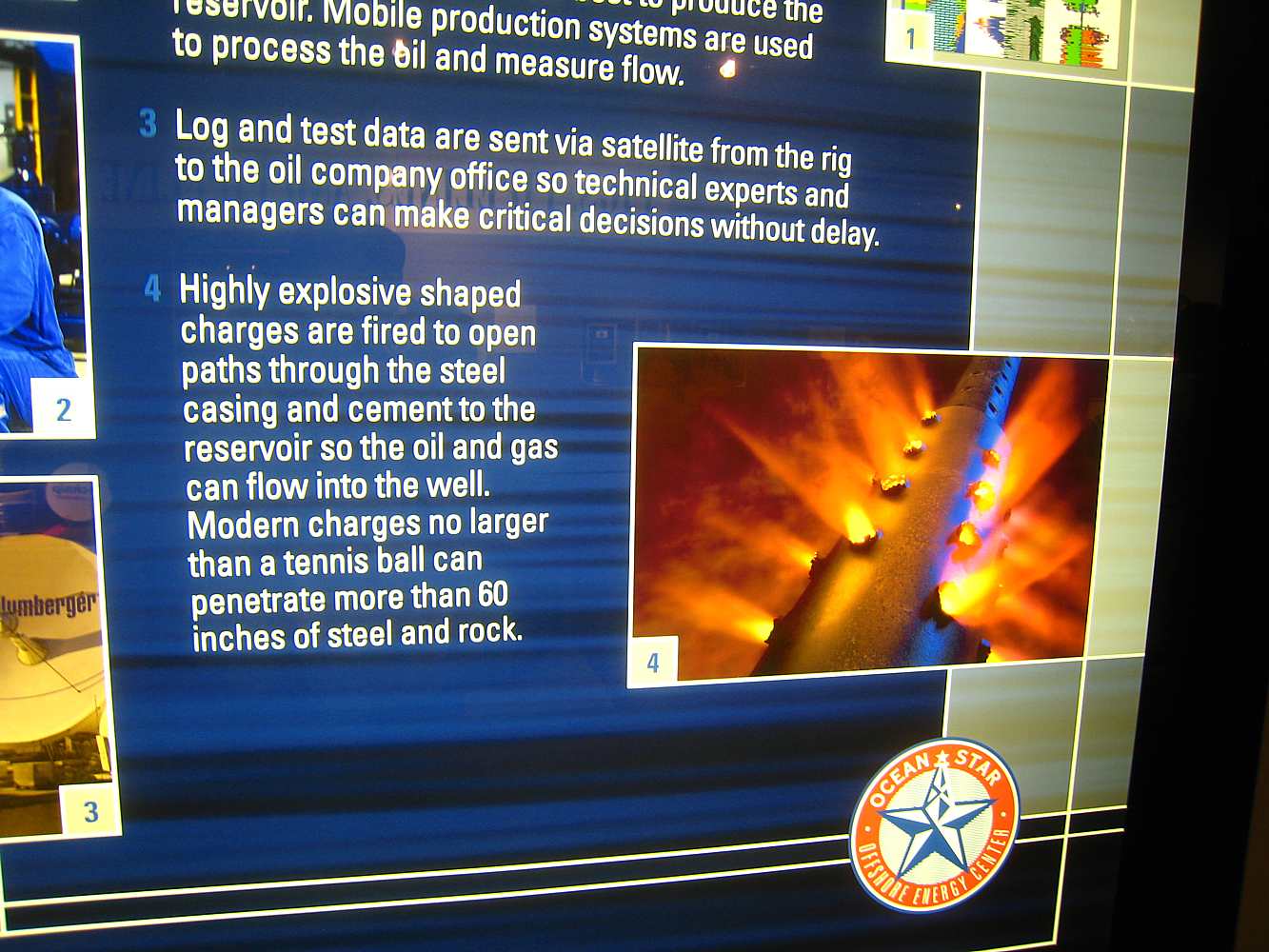 # 84 |
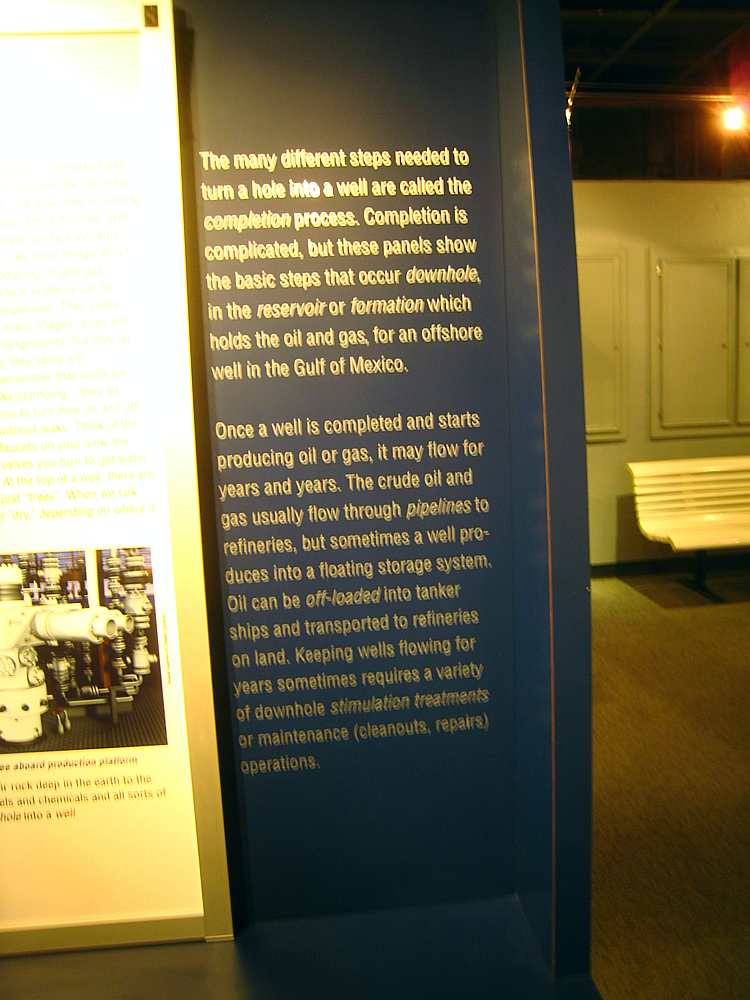 # 74 |
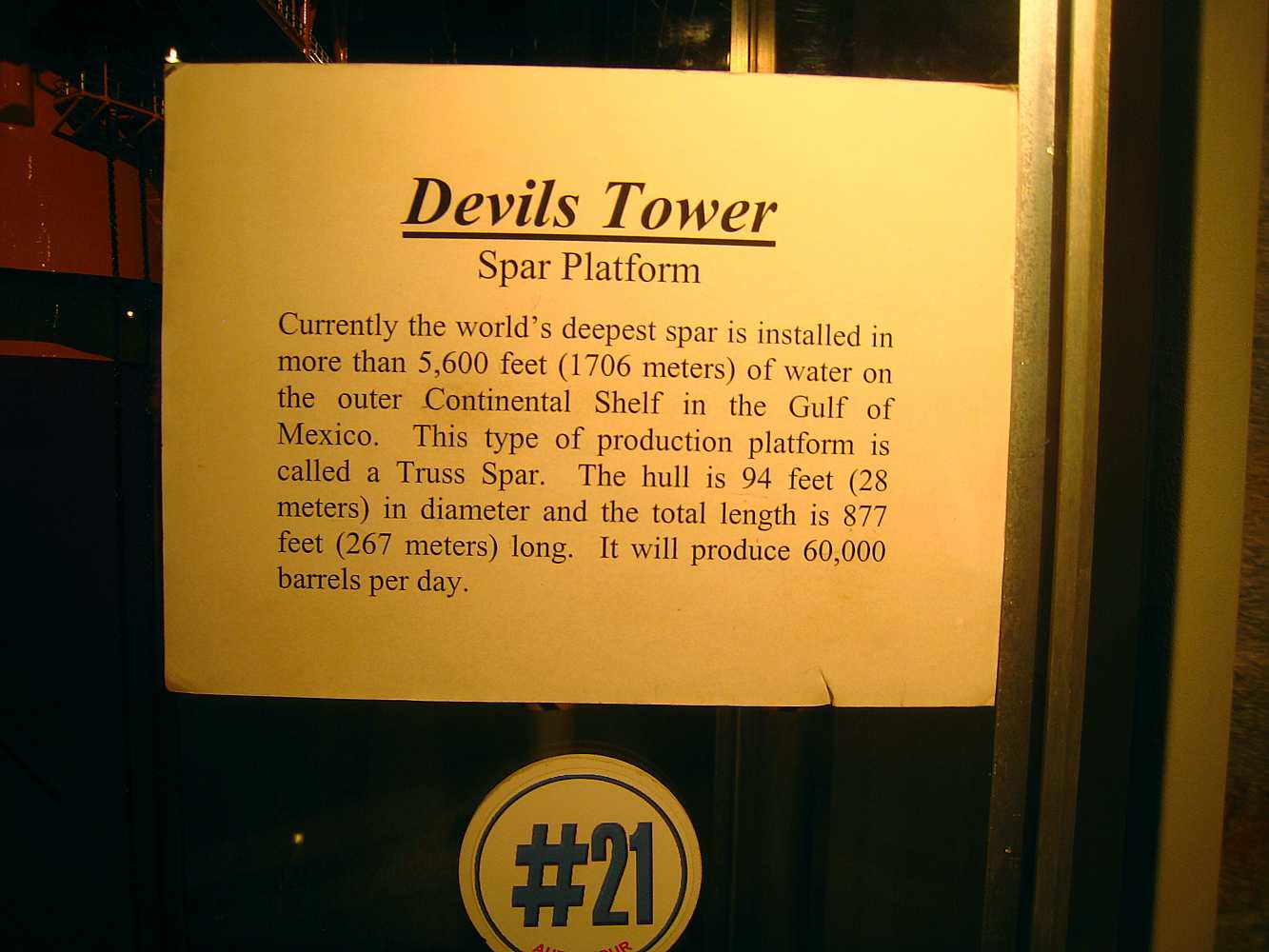 # 75 |
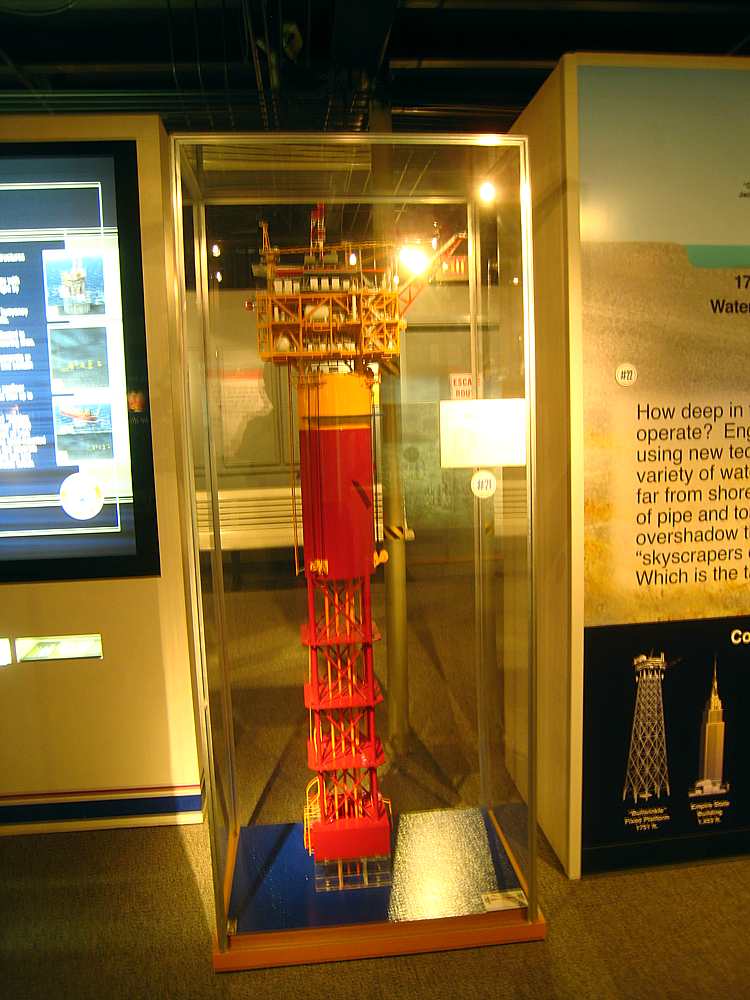 # 76 |
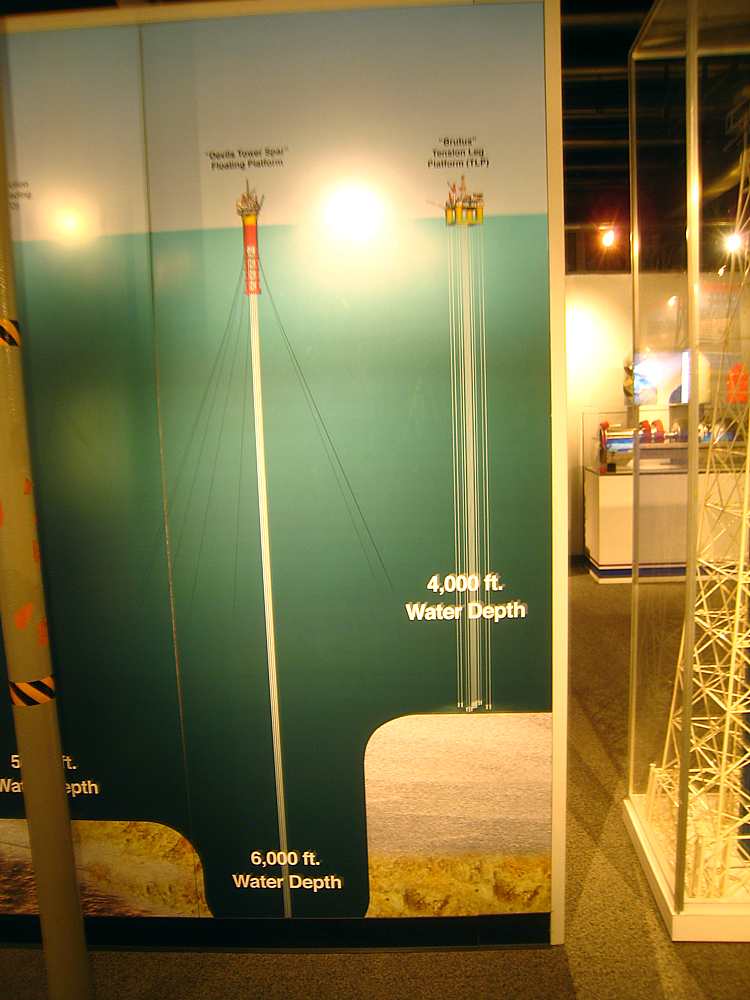 # 77 |
 # 78 |
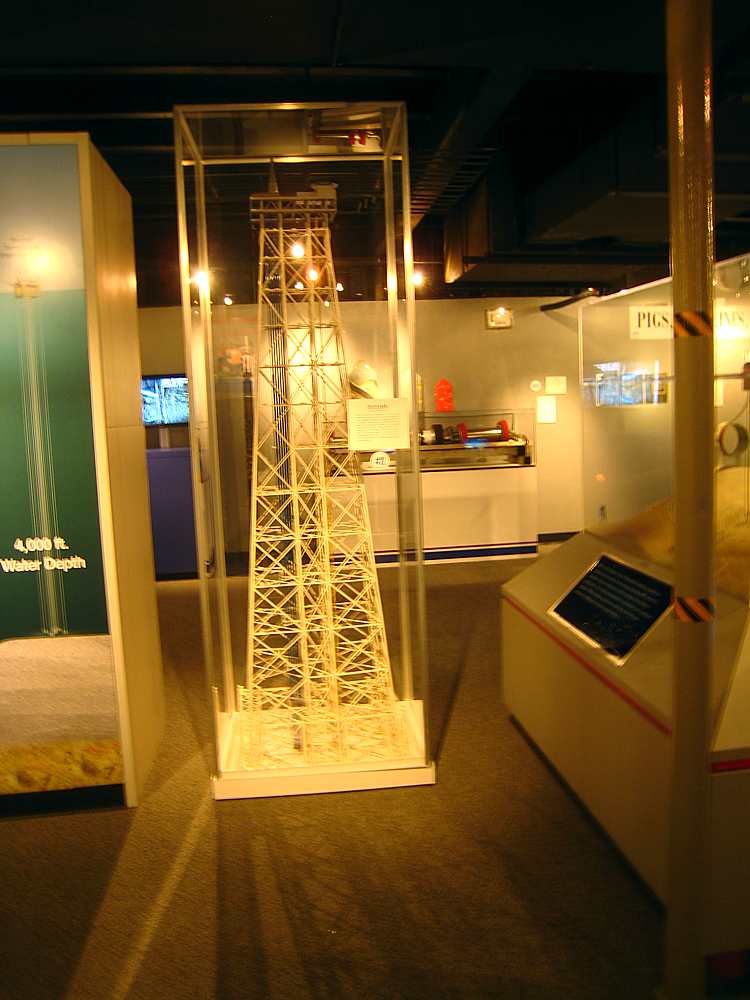 # 79 |
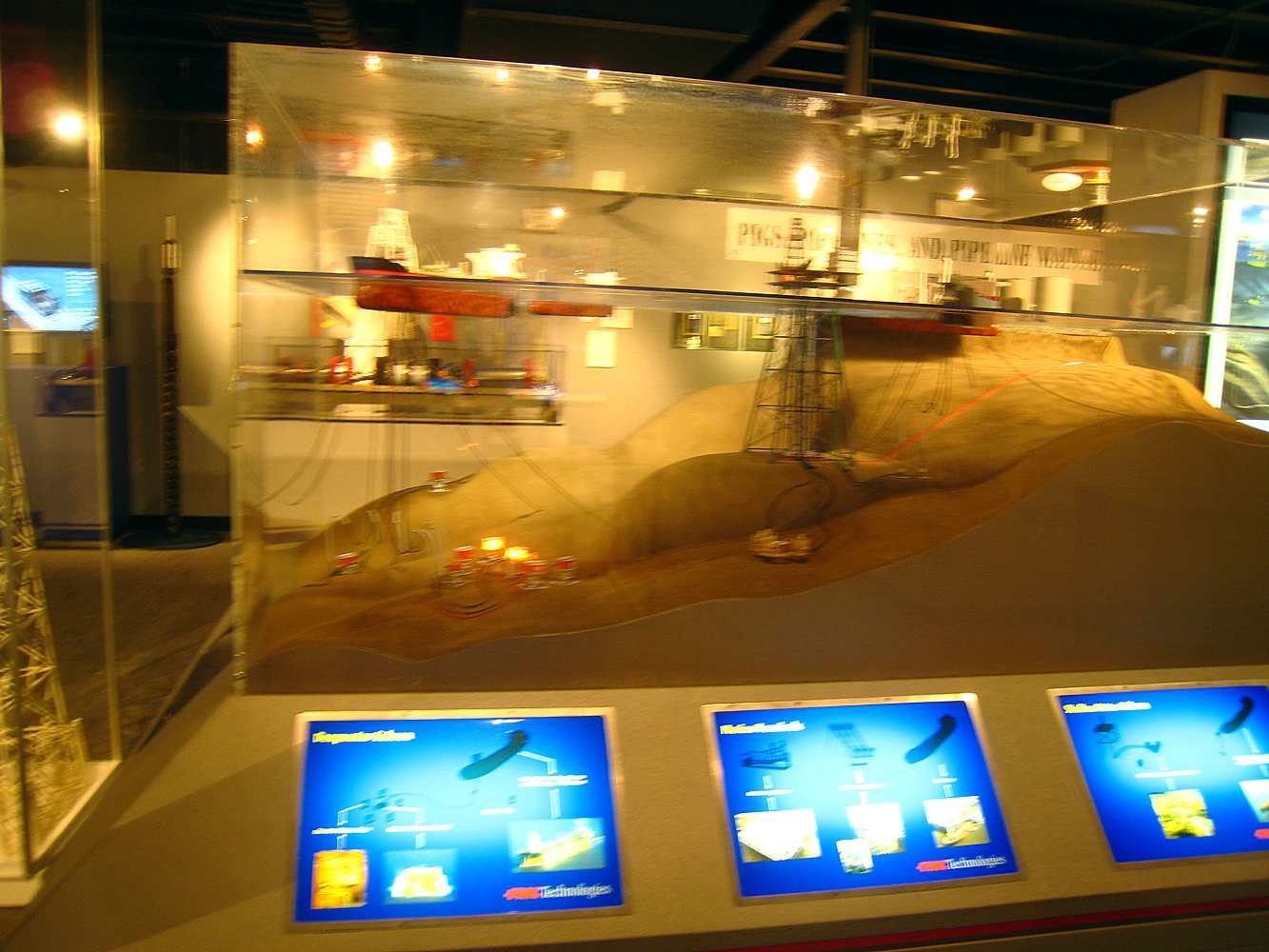 # 80 |
 # 81 |
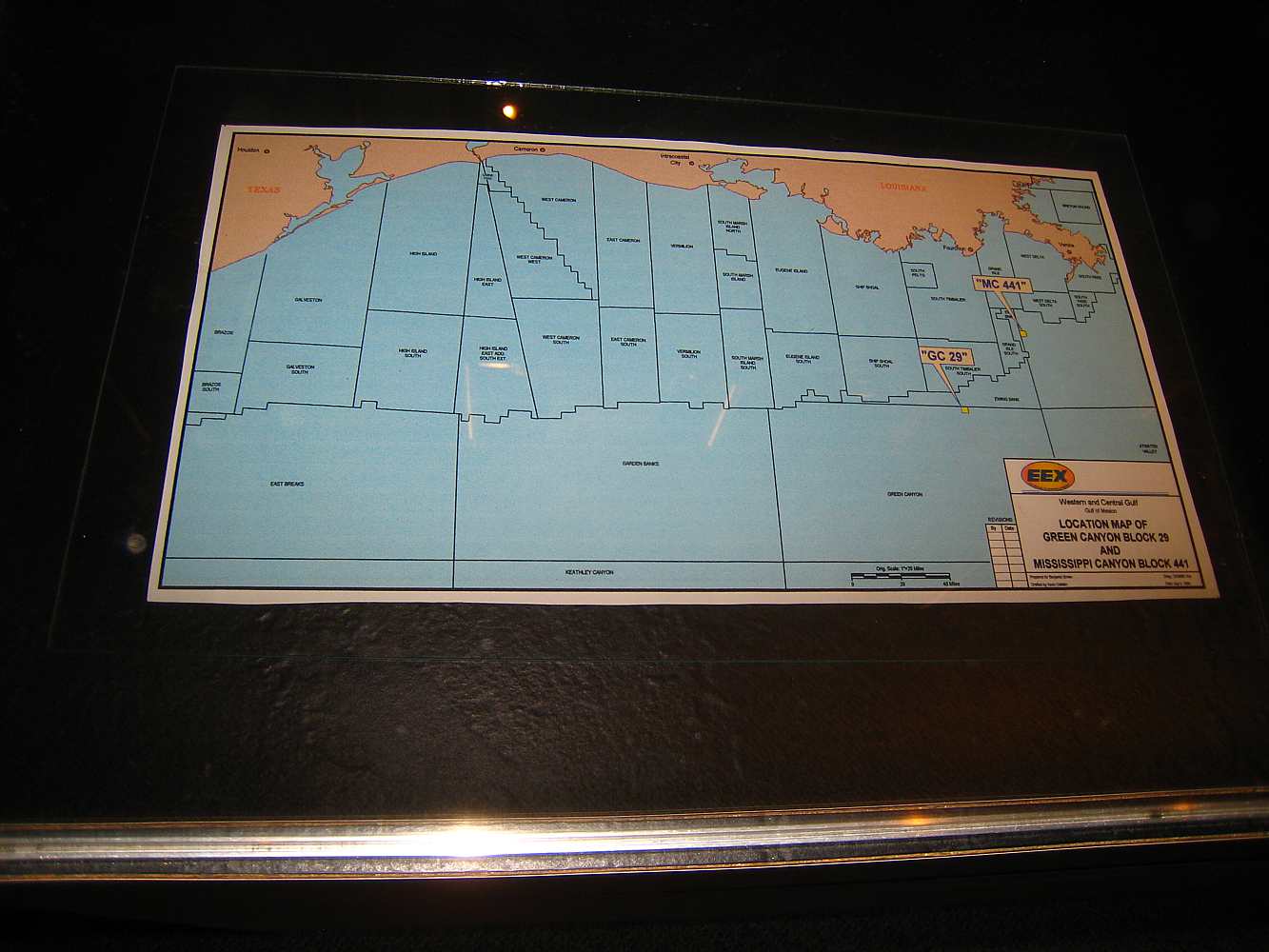 # 82 |
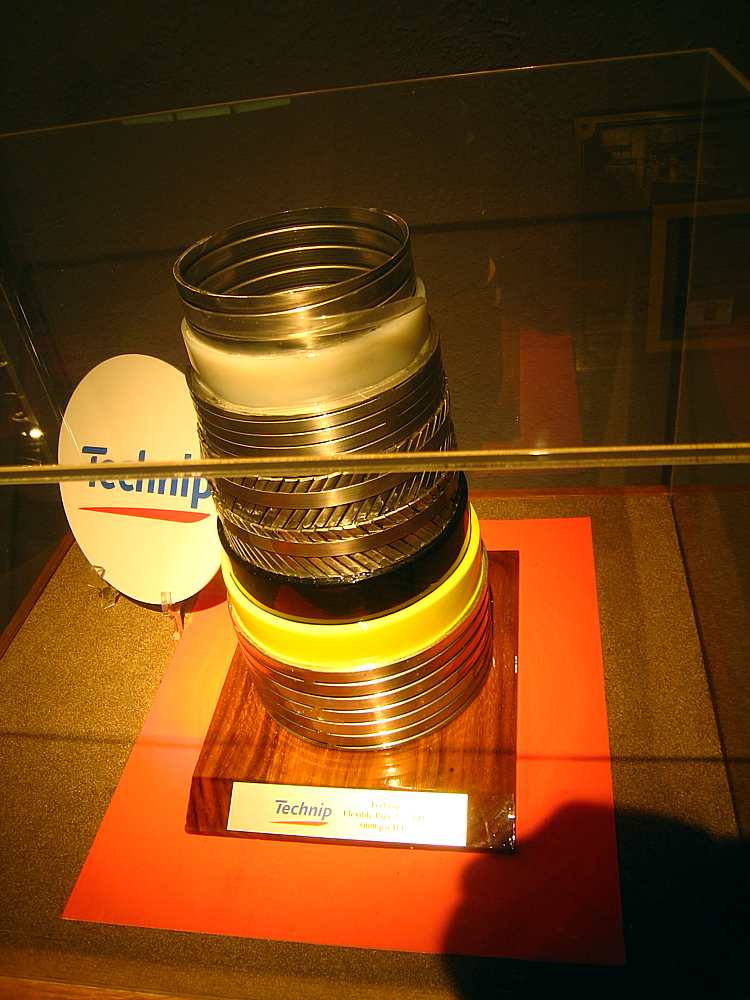 # 83 |
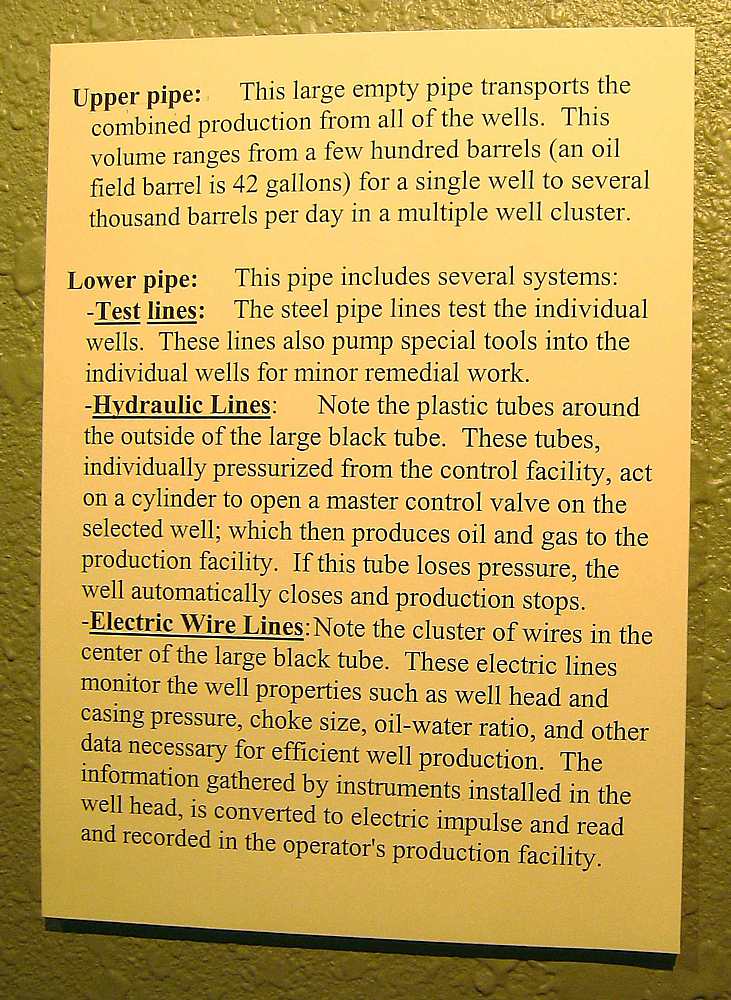 # 85 |
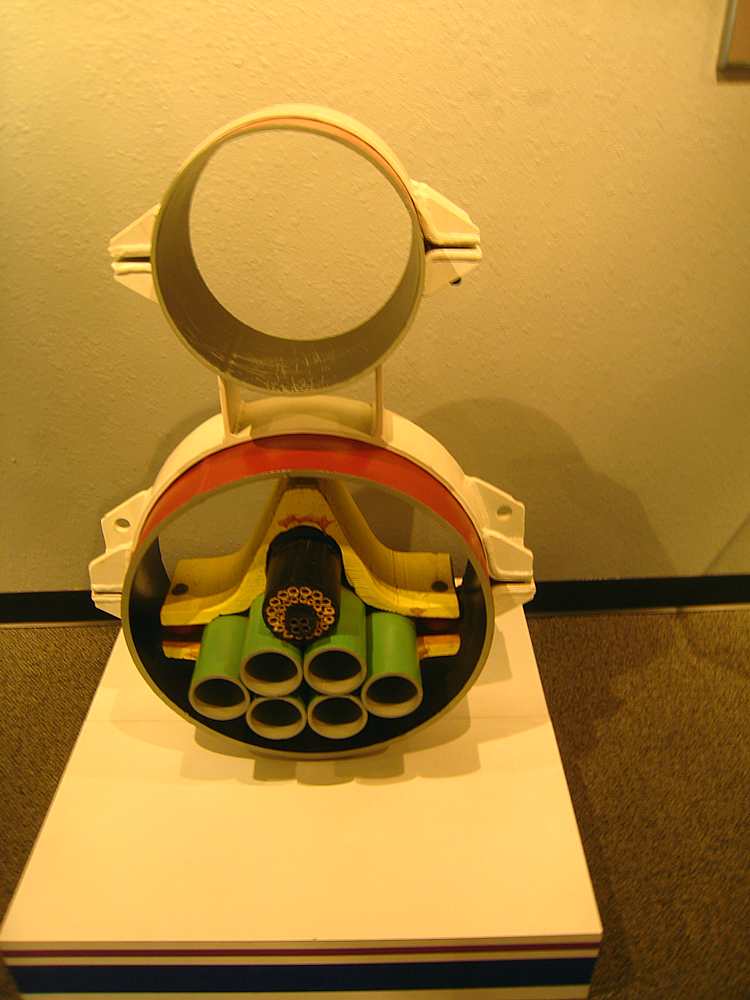 # 86 |
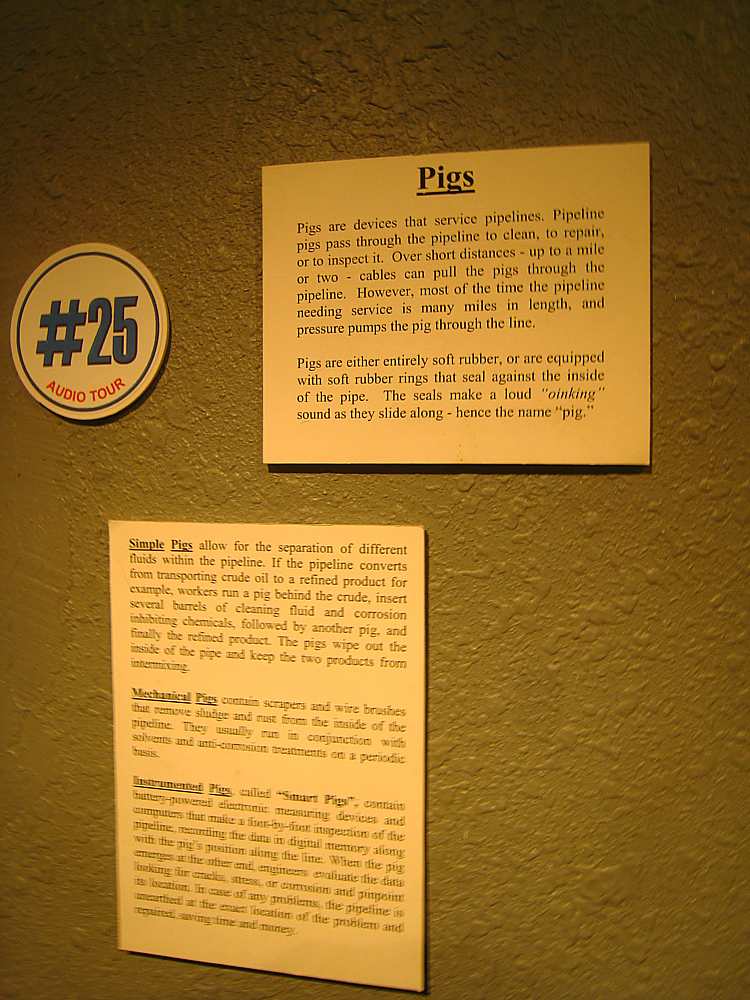 # 87 |
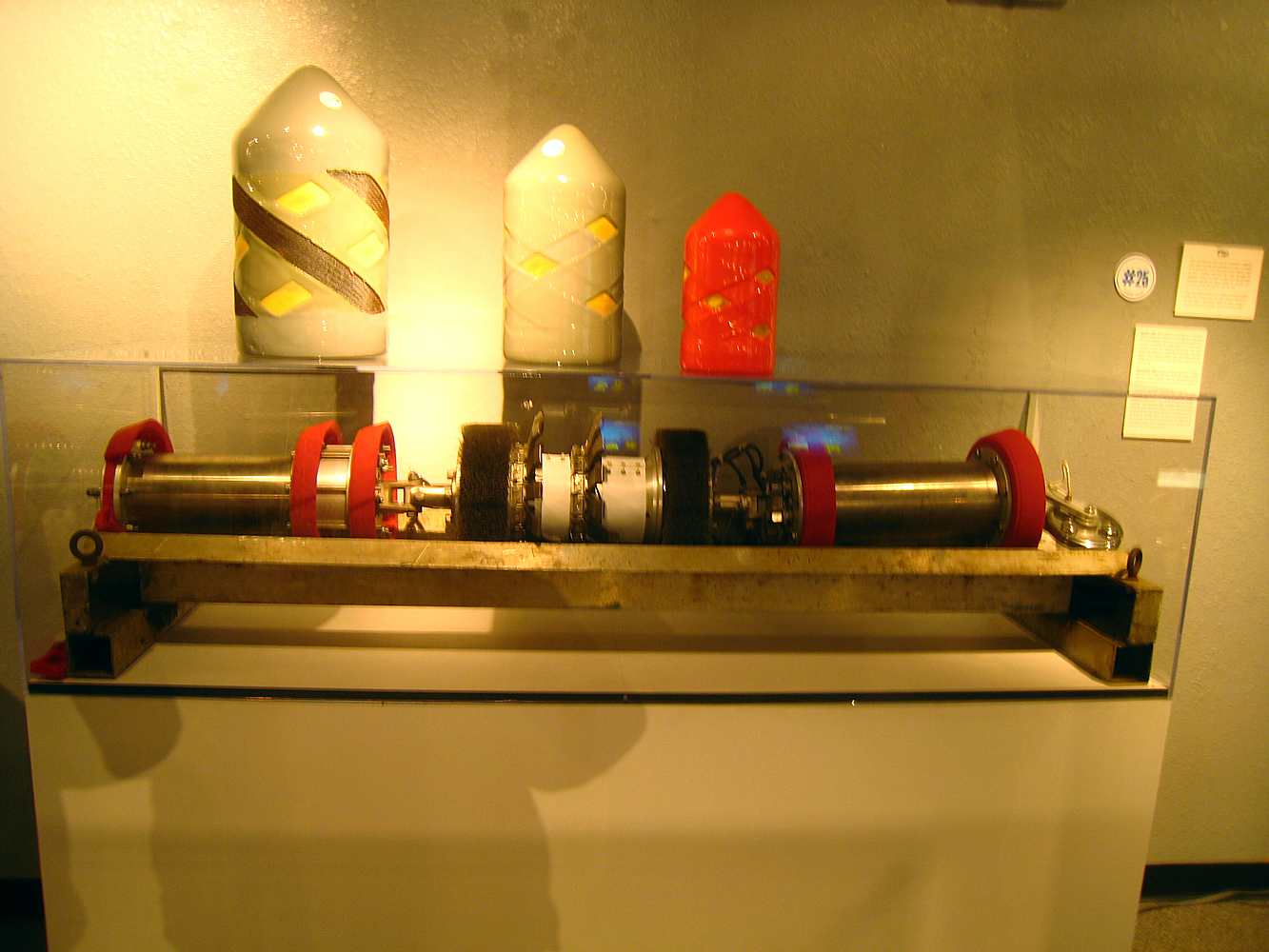 # 89 |
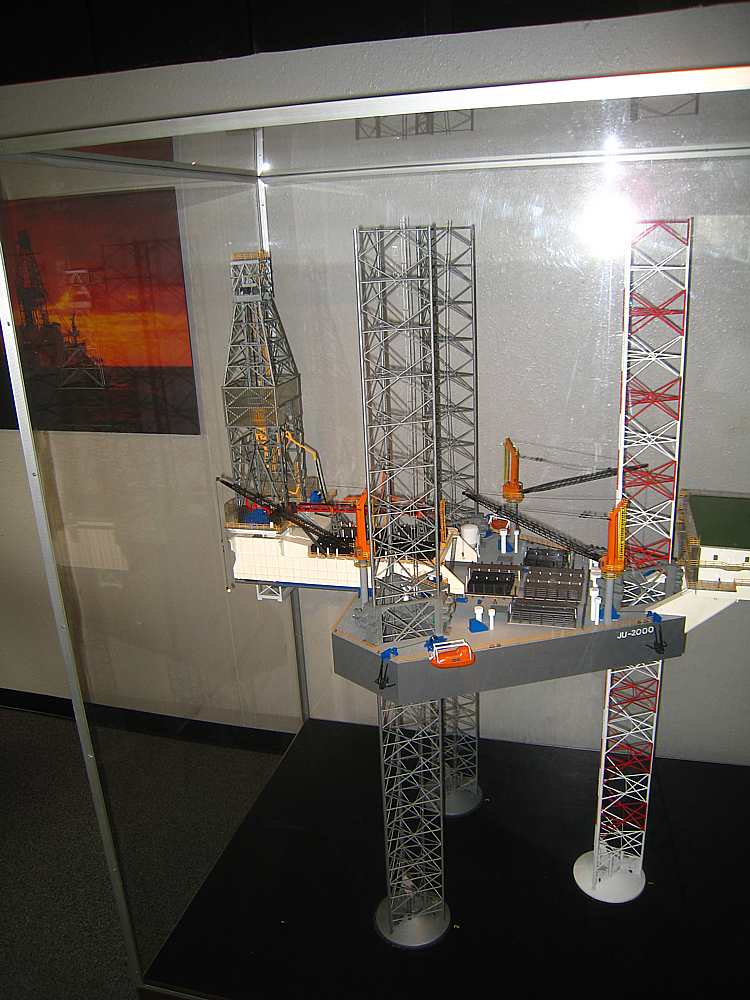 # 91 |
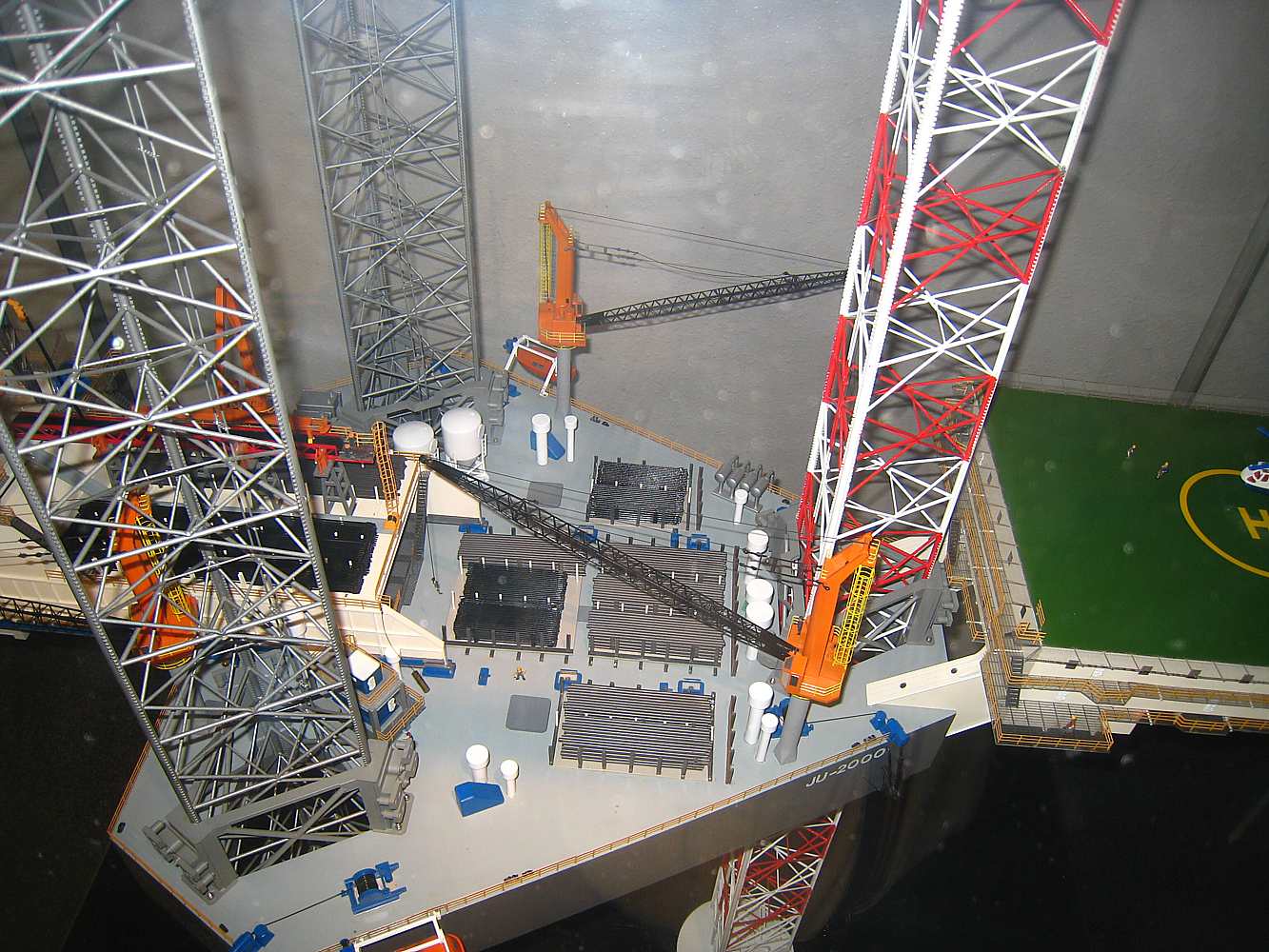 # 90 |
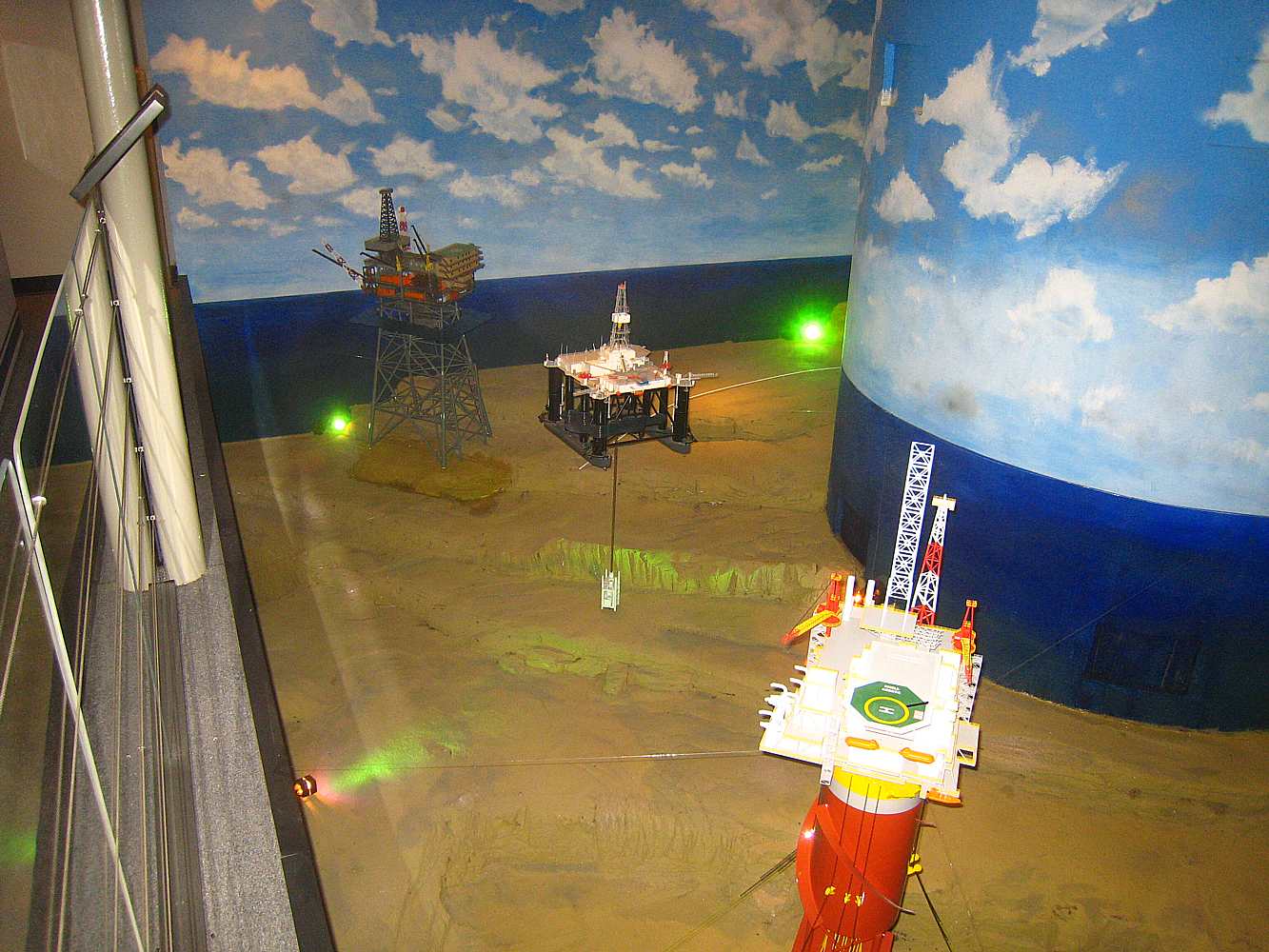 # 92 |
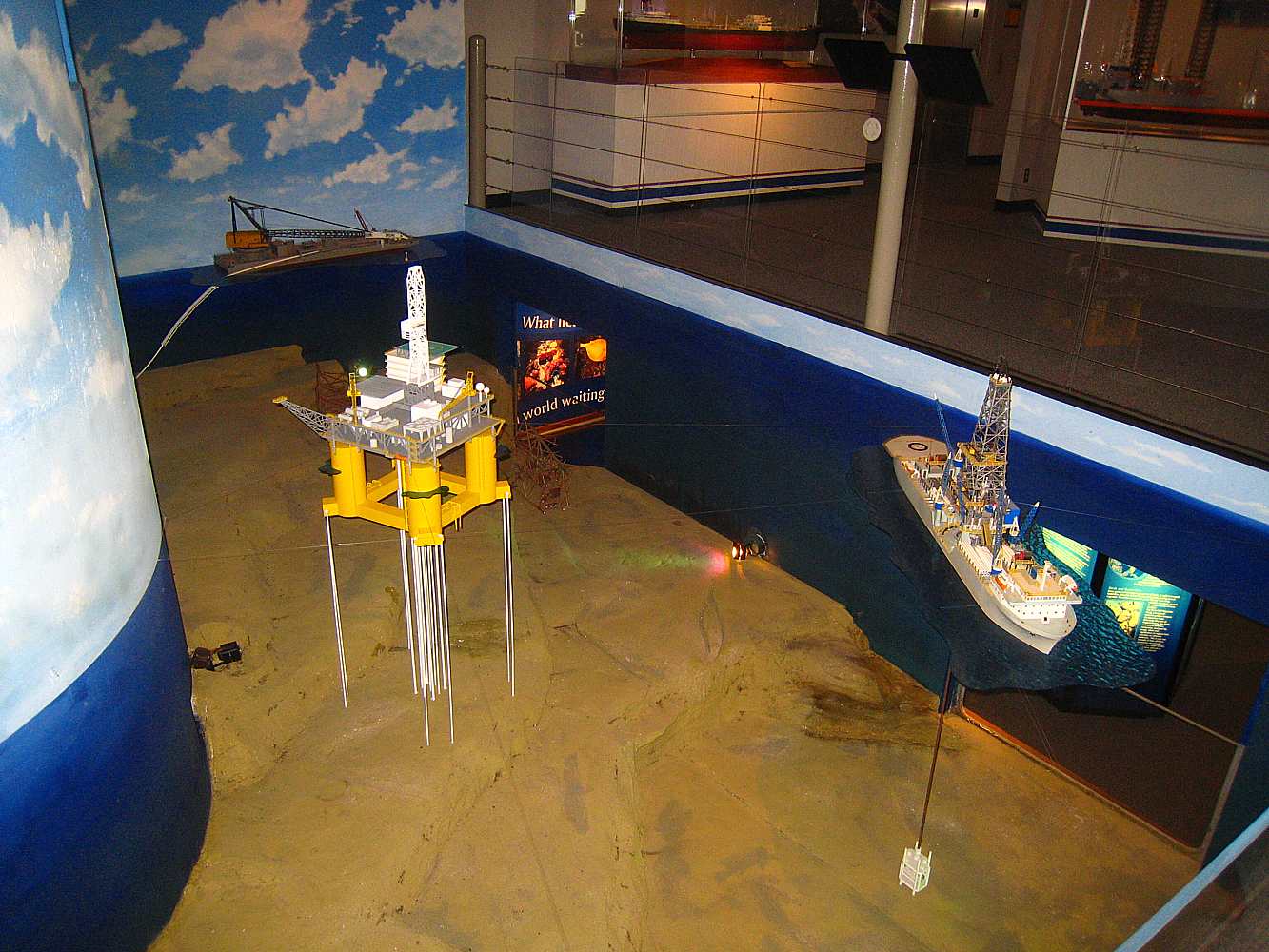 # 93 |
 # 94 |
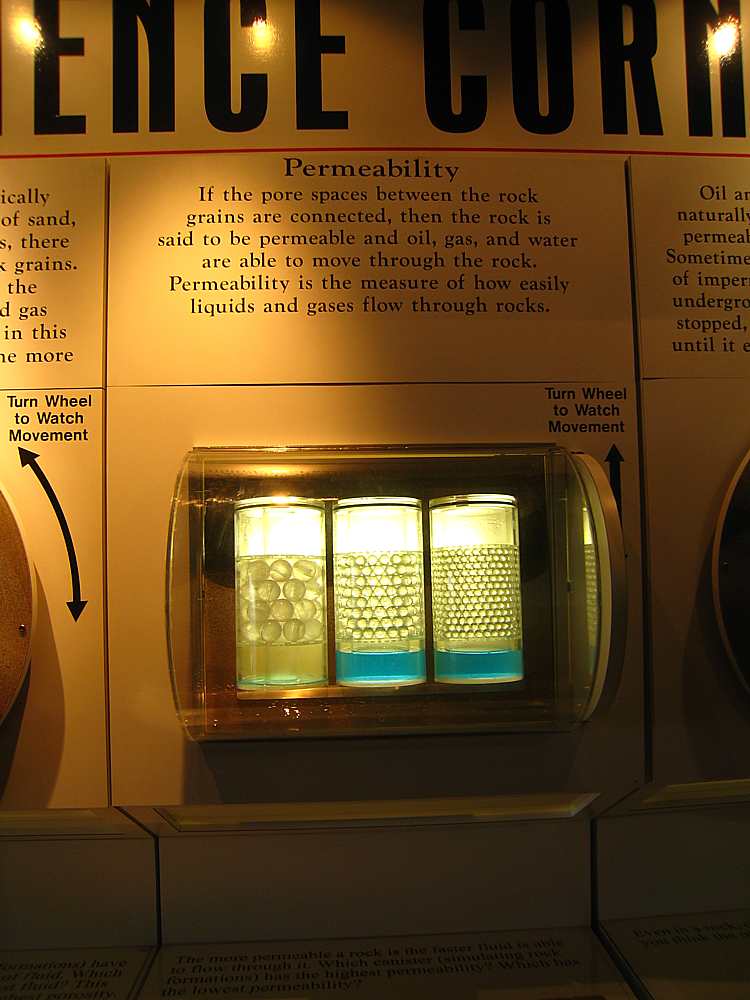 # 95 |
 # 96 |
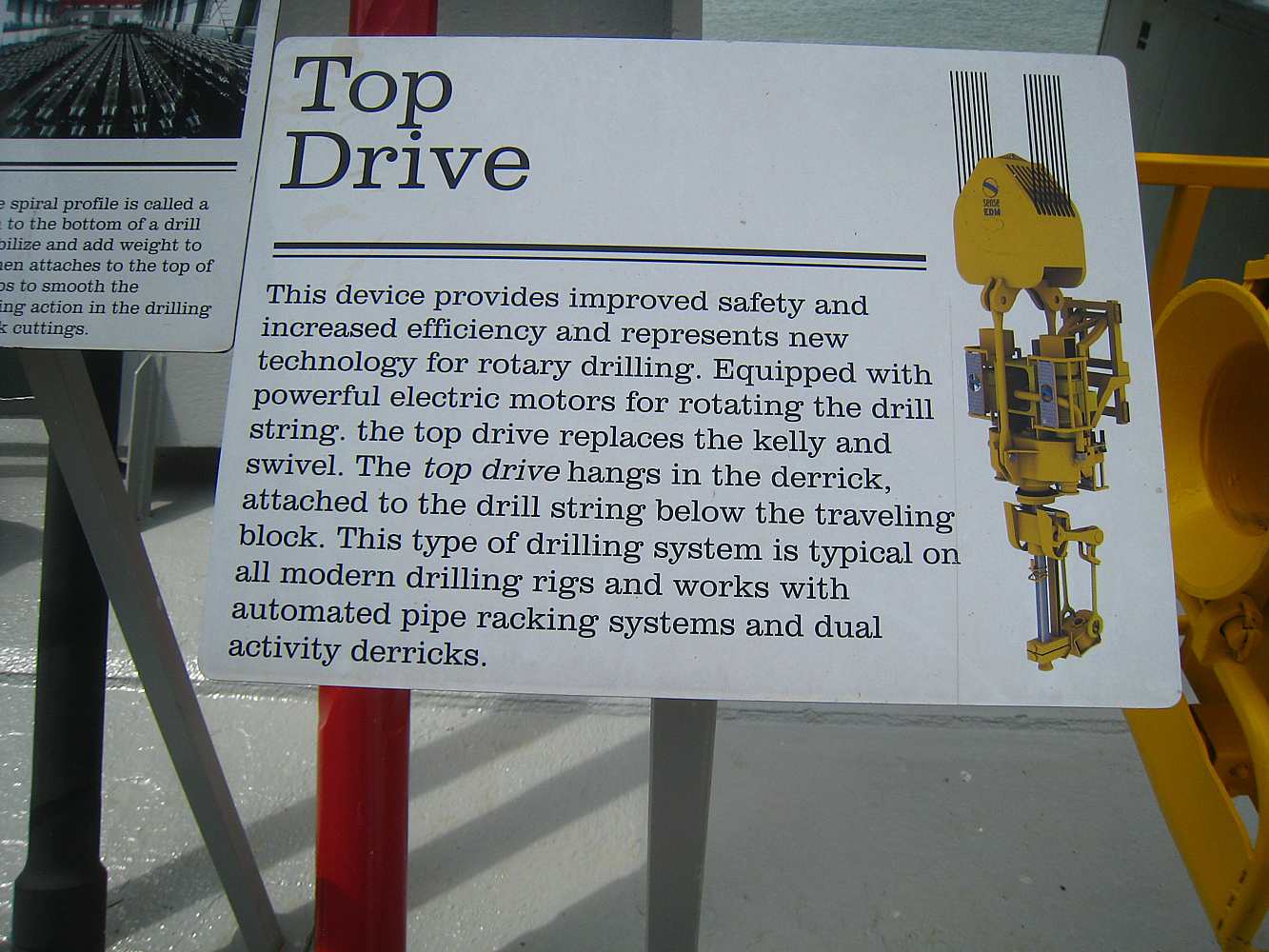 # 33 |
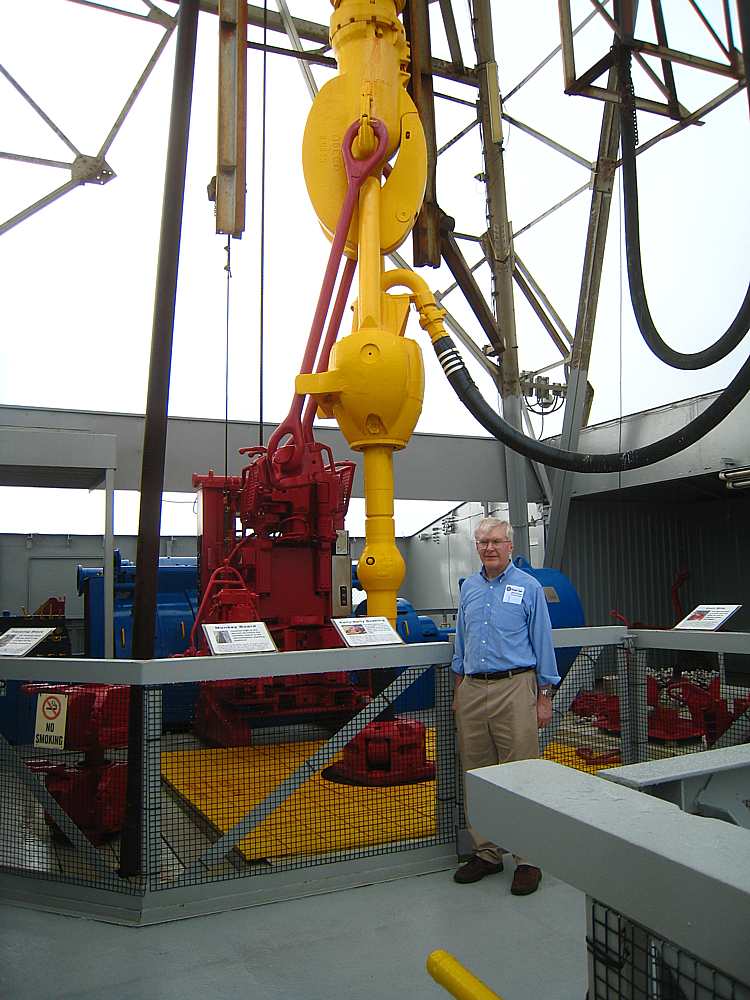 # 97 |
 # 98 | from RigZone training Used to rotate the drill string during the drilling process, the top drive is a motor that is suspended from the derrick, or mast, of the rig. These power swivels boast at least 1,000 horsepower that turn a shaft to which the drill string is screwed. Replacing the traditional Kelly or rotary table, the top drive lessens the manual labor involved in drilling, as well as many associated risks. ... A top drive is capable of drilling with three joints stands, instead of just one pipe at a time. |
Items:
oil well fires
- Red Adair
(June 18, 1915 – August 7, 2004) retired 1993
- wild well
- wild well
A few words about undersea drilling, grossly stolen from
"RUN TO FAILURE - BP and the making of the Deepwater Horizon disaster"
by Abrahm Lustgarten
